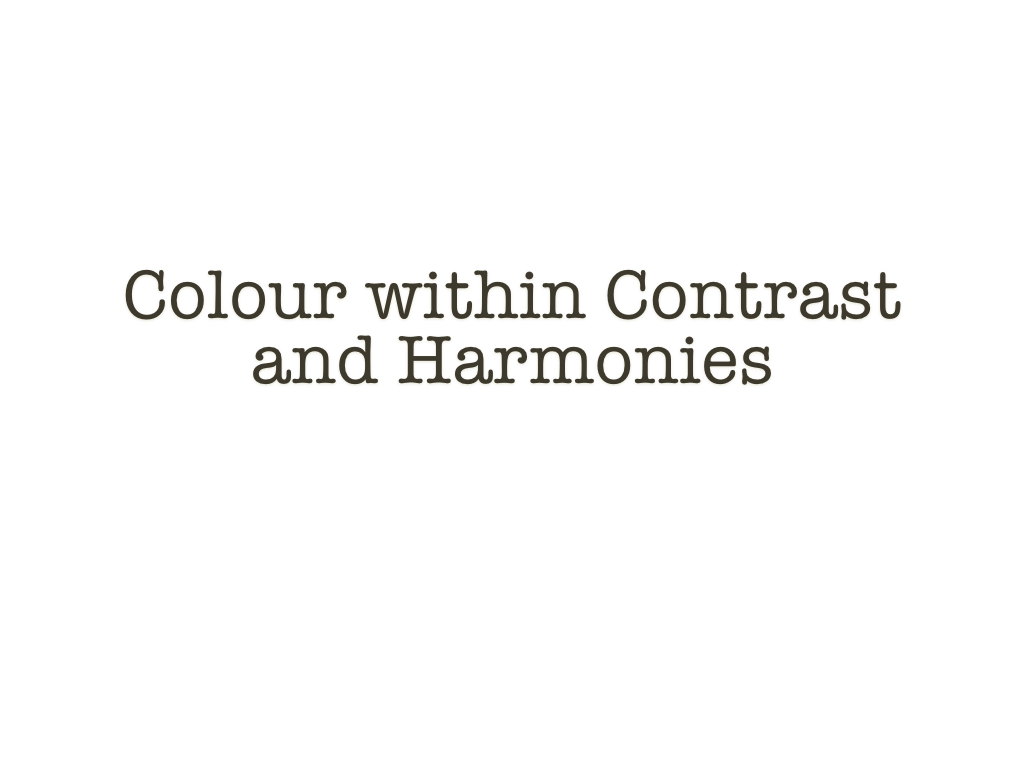
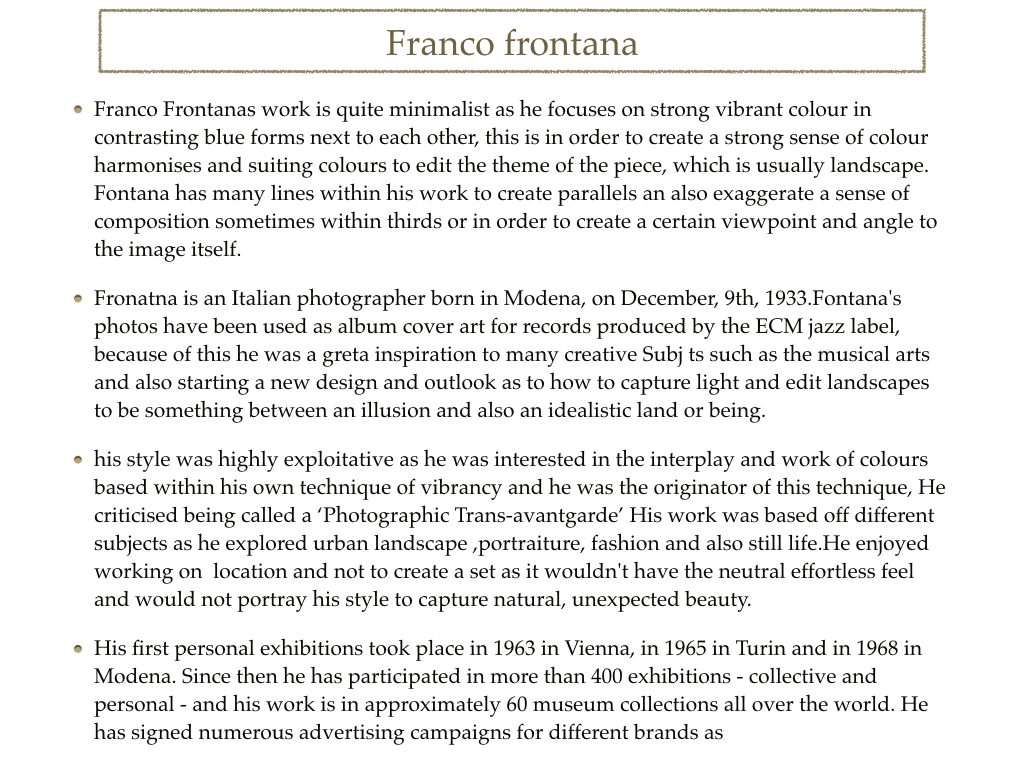
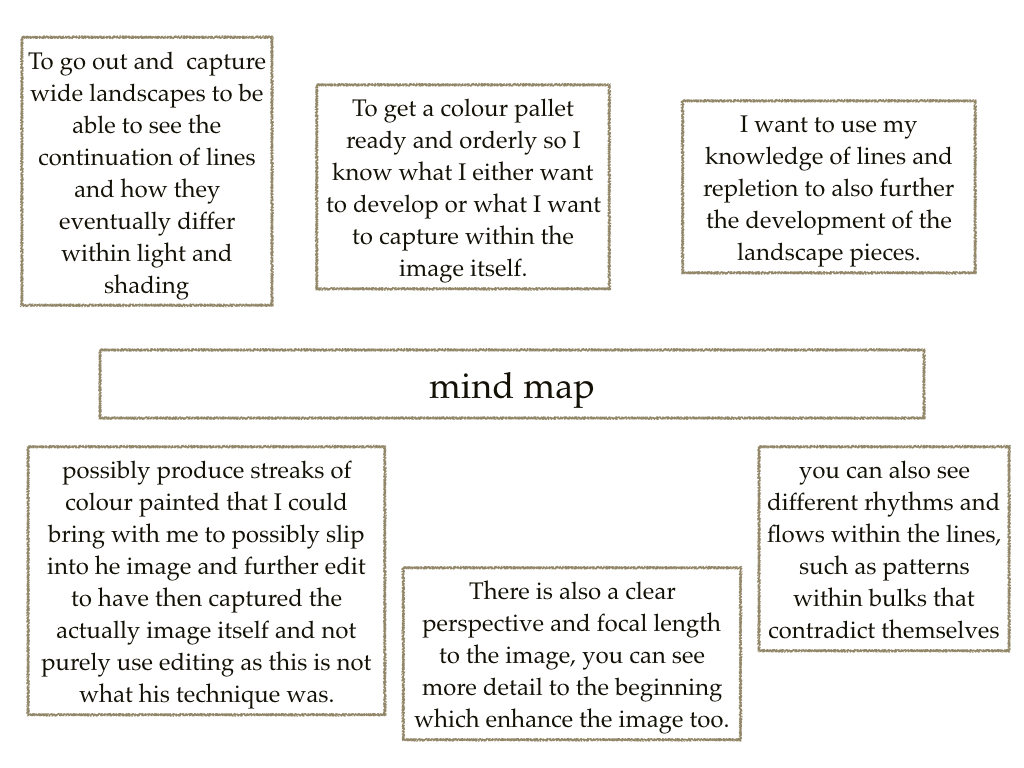

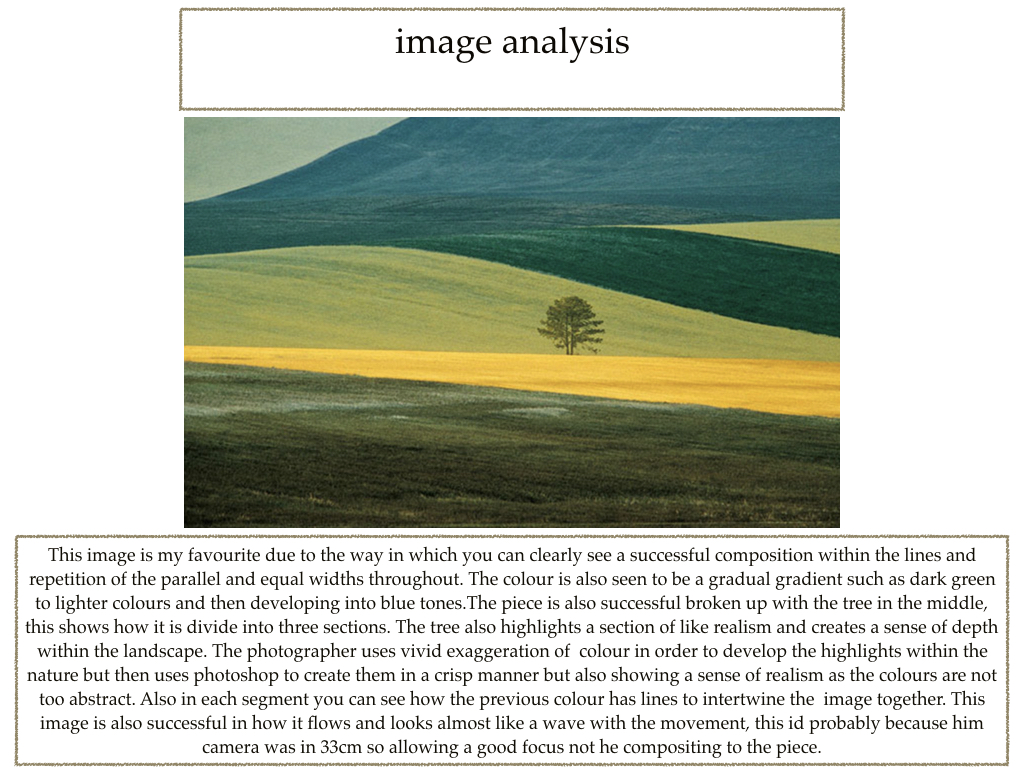
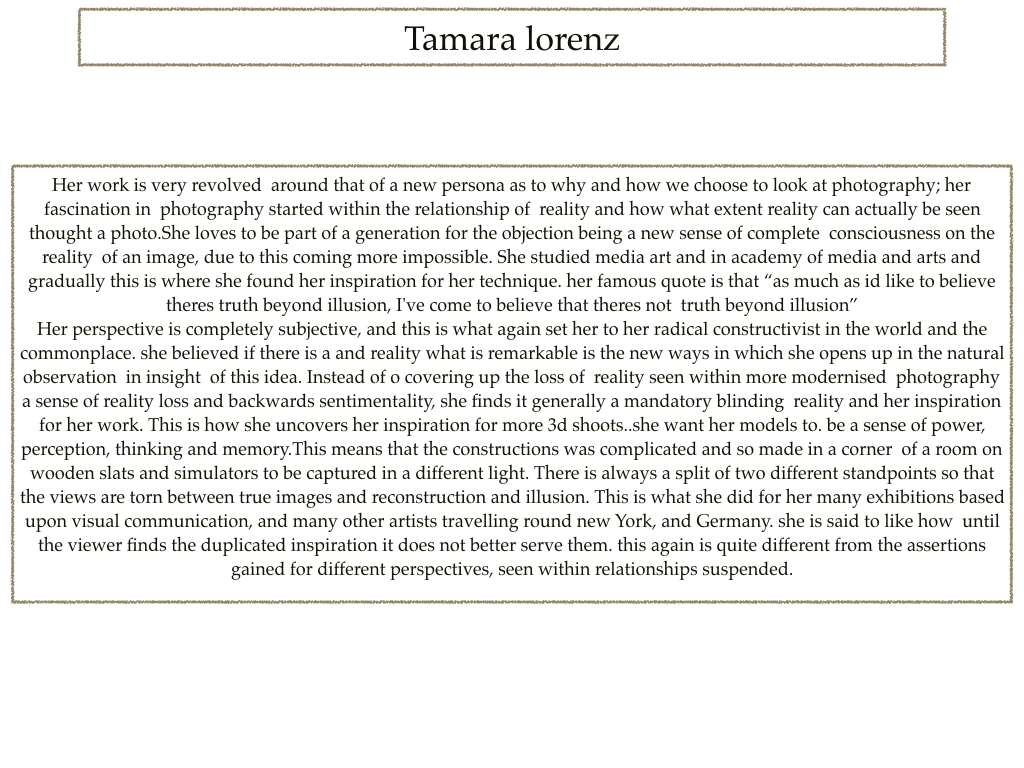
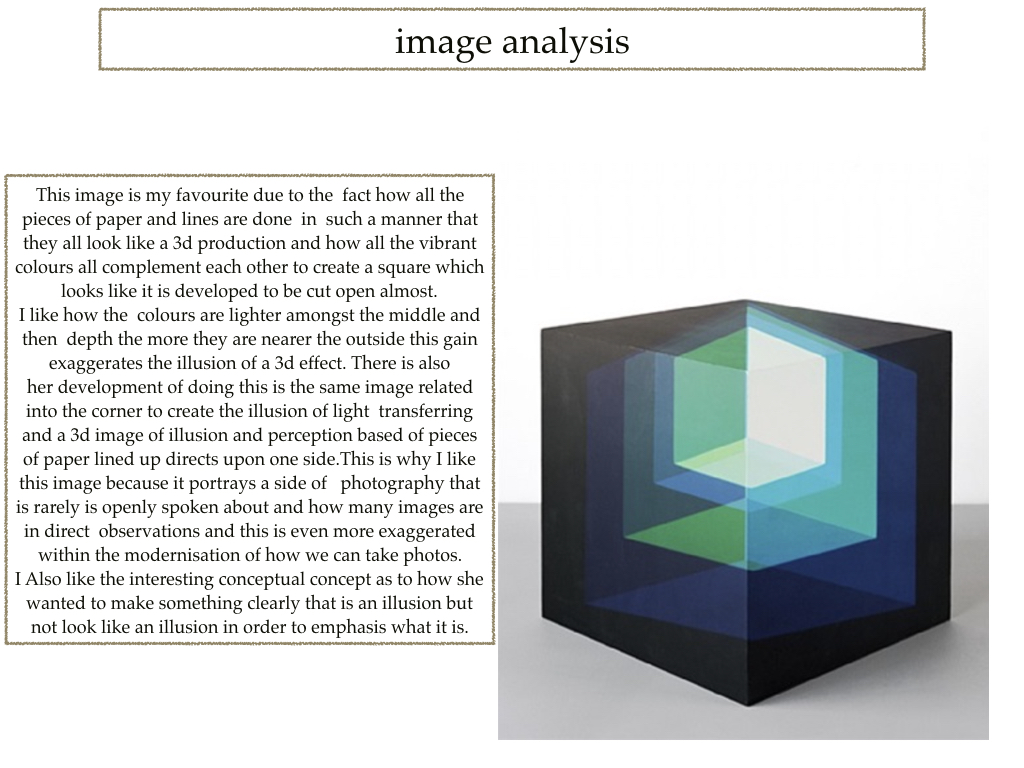

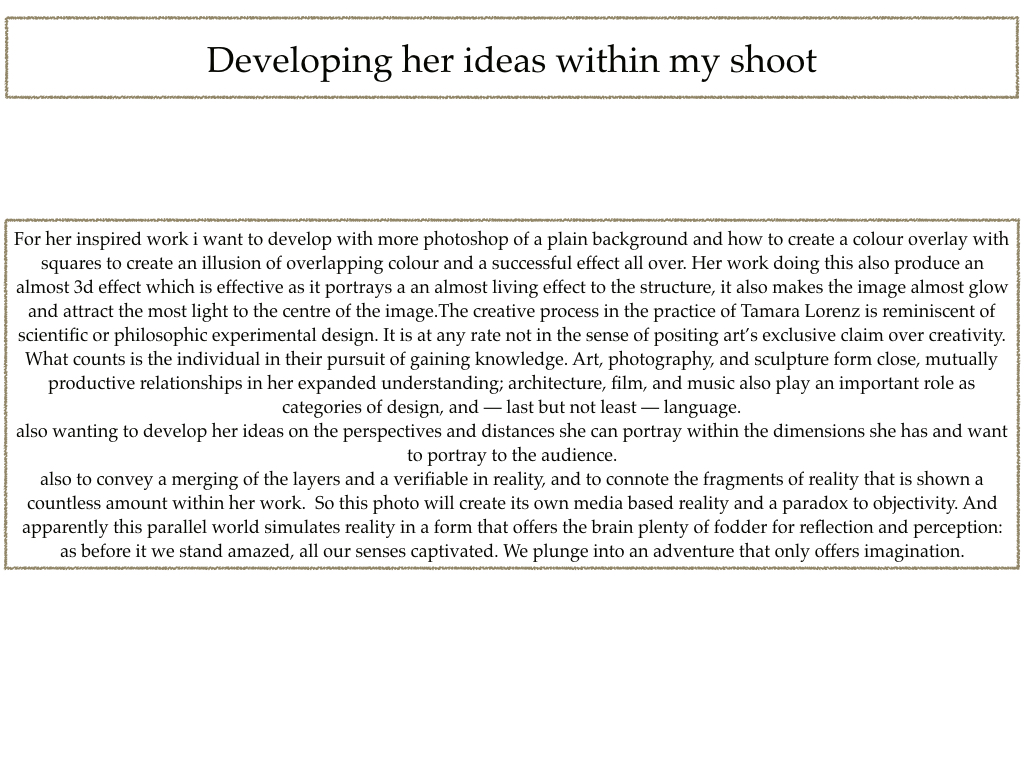
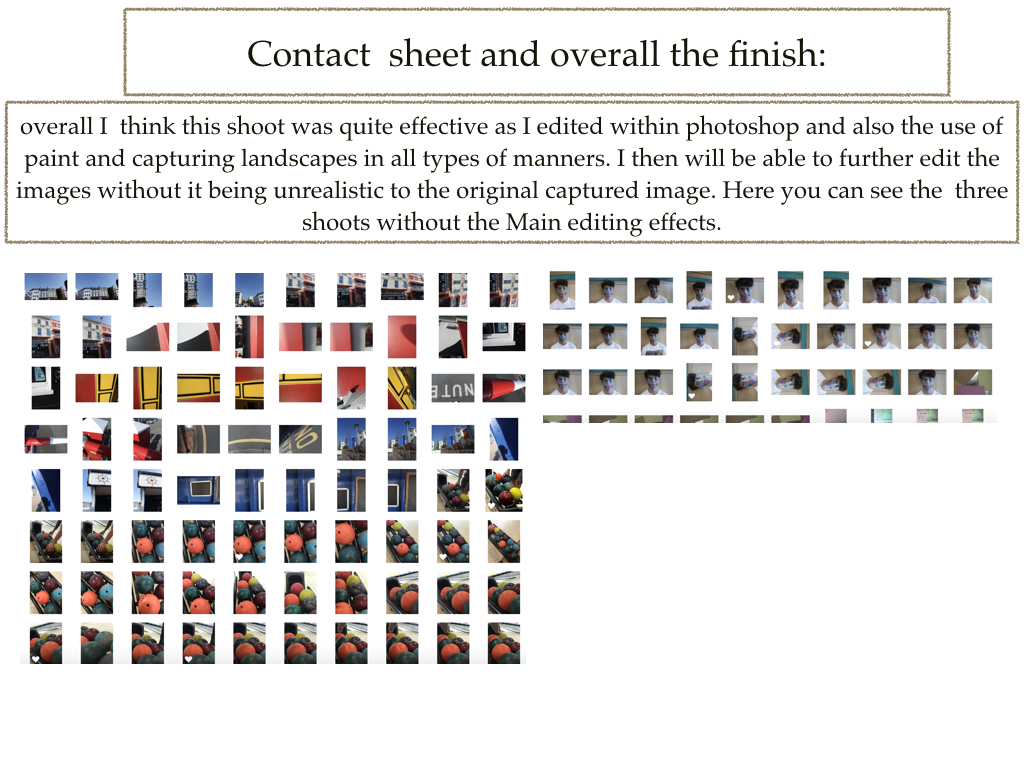
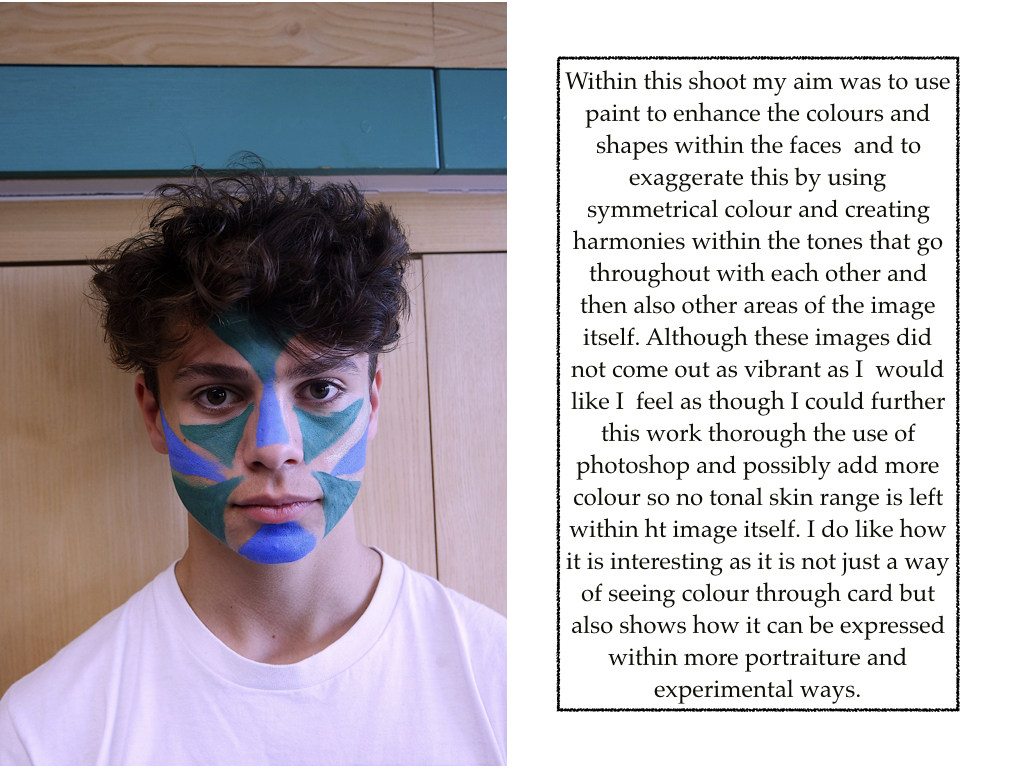
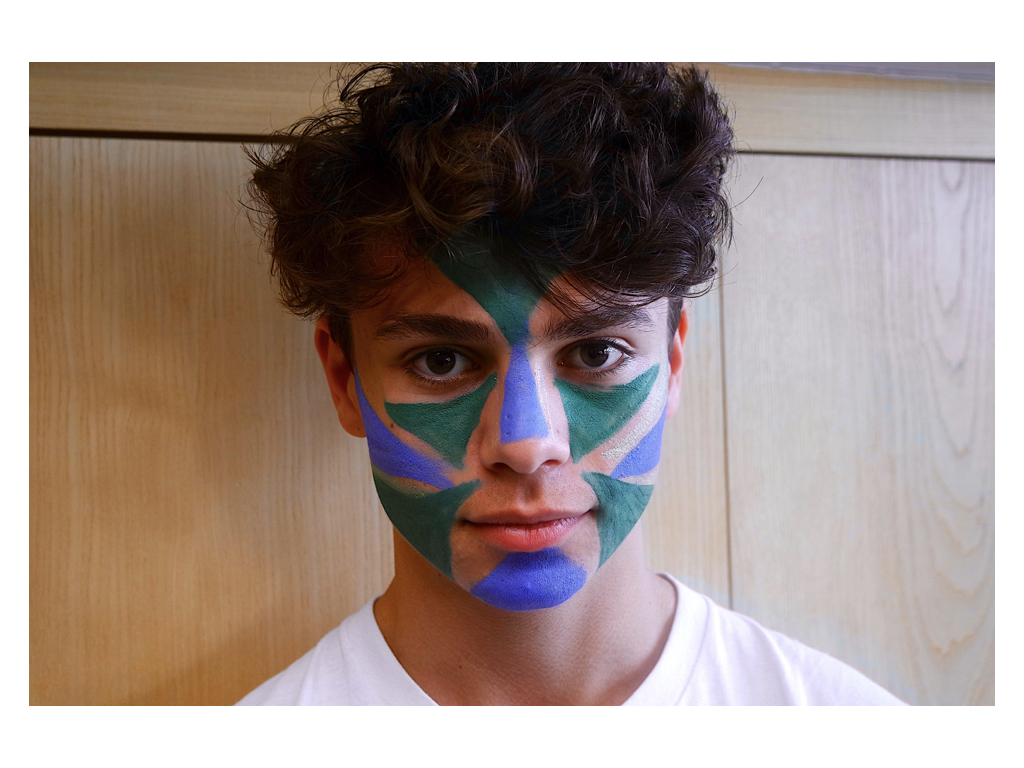
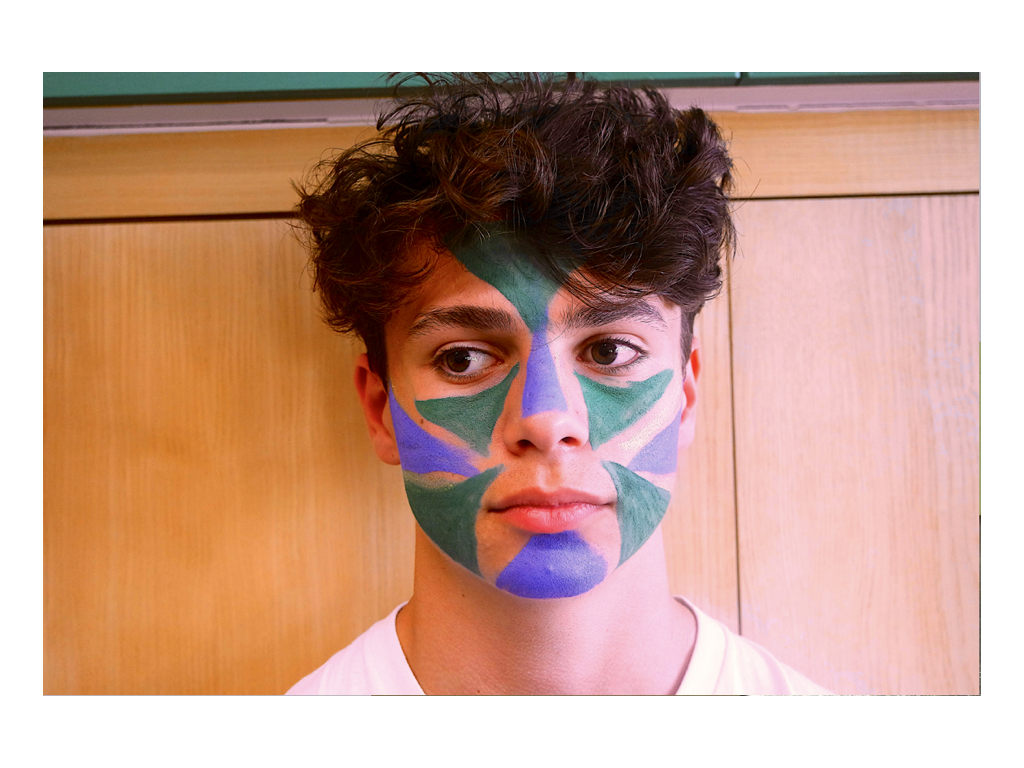
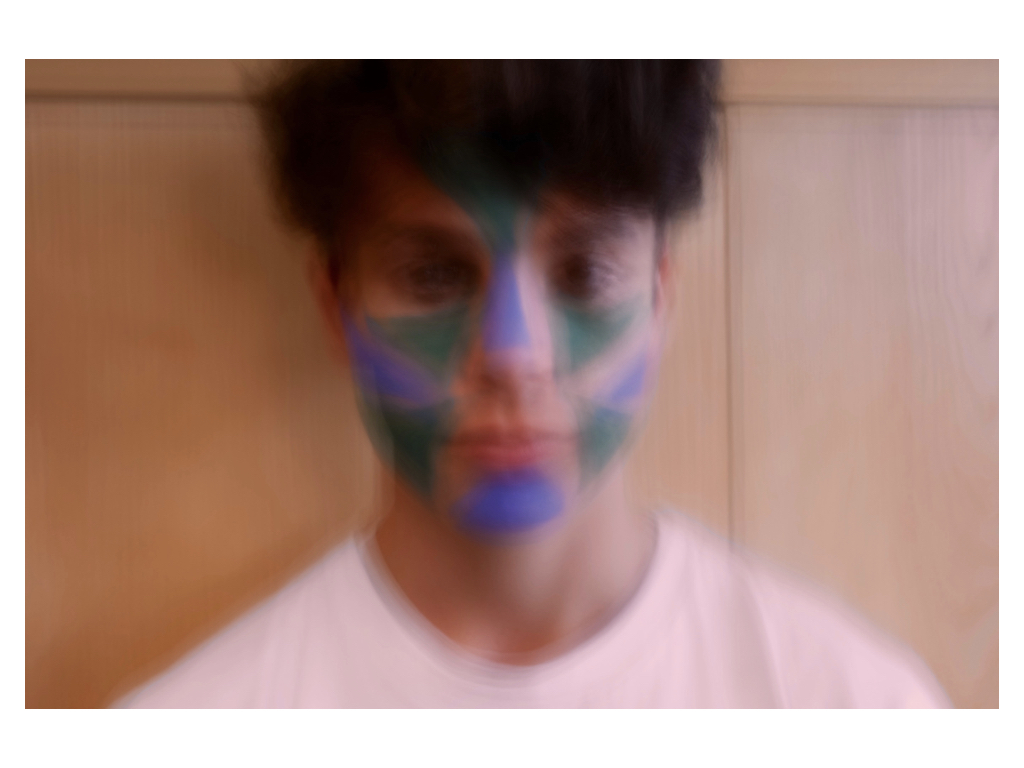
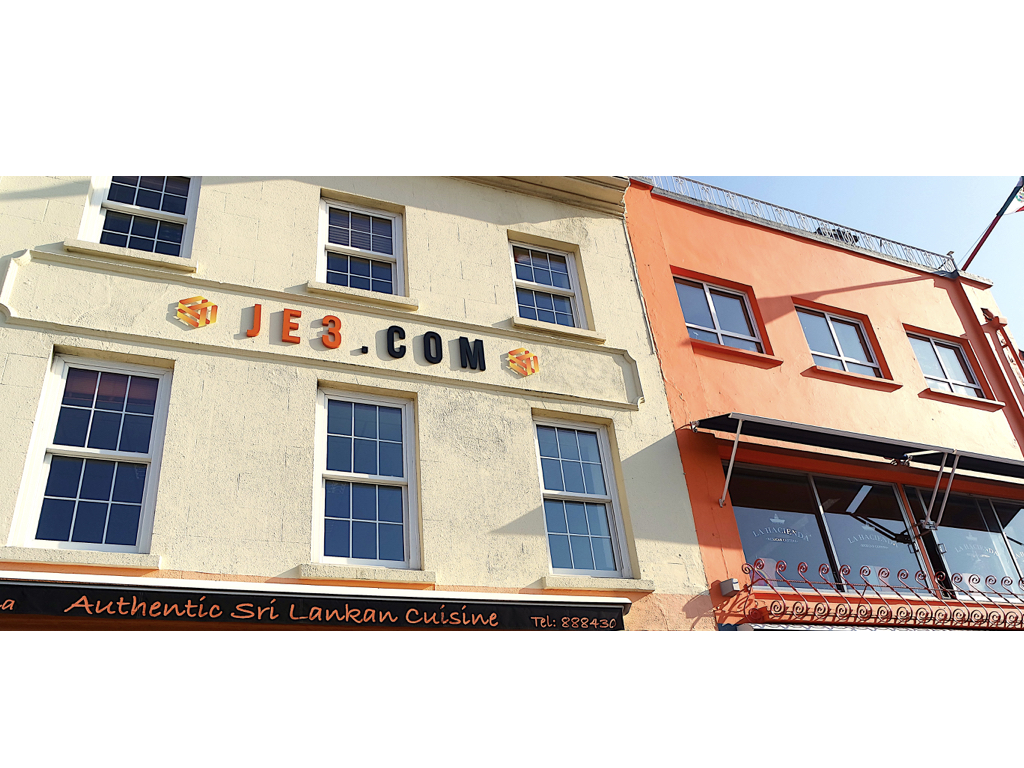
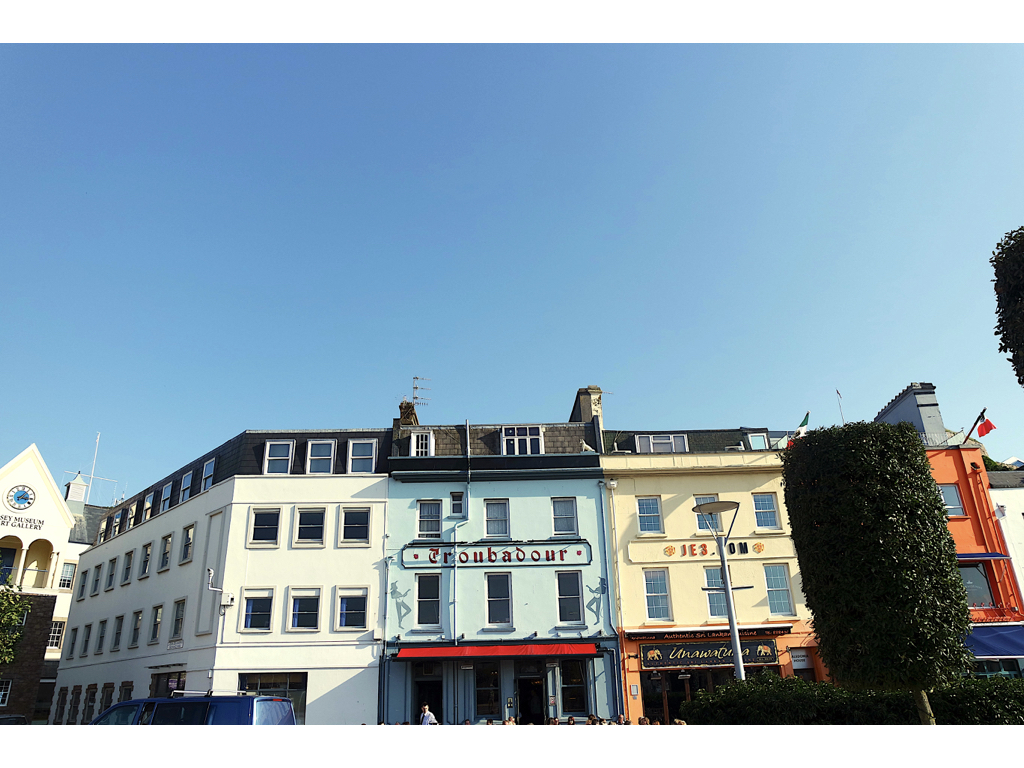
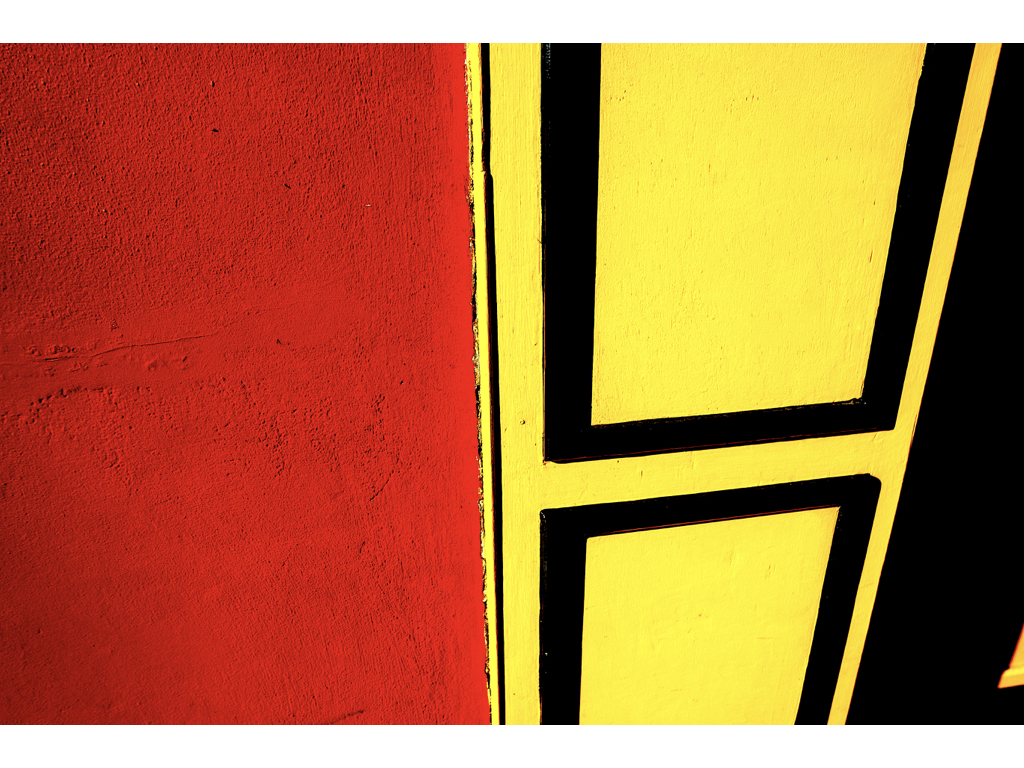
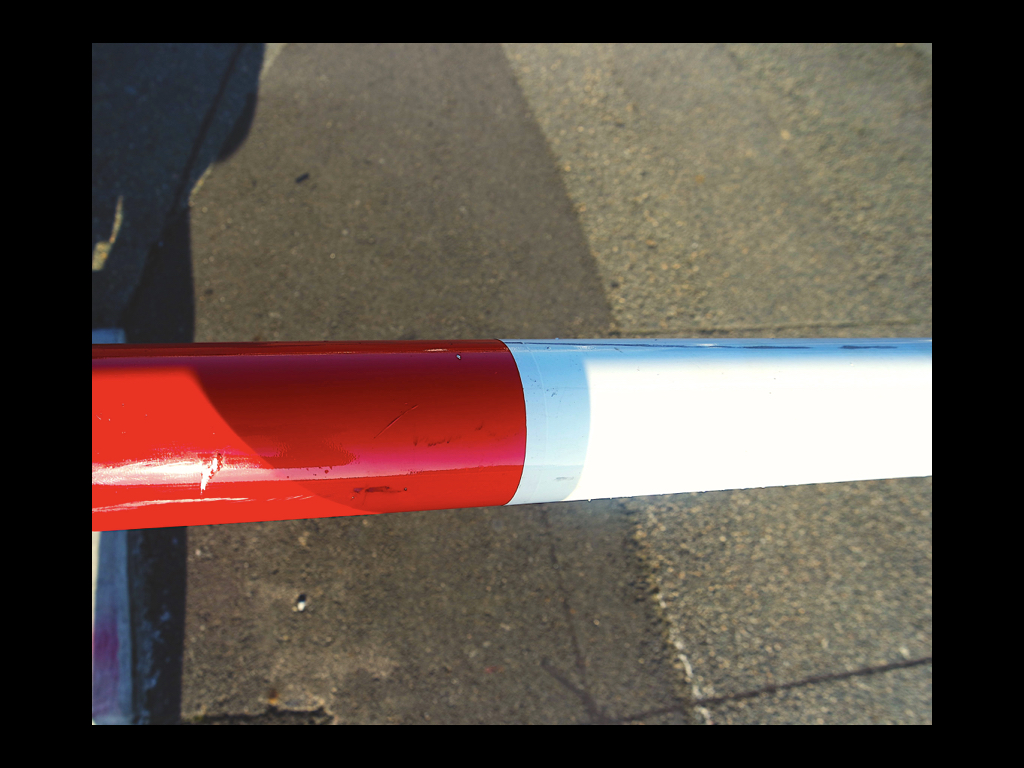
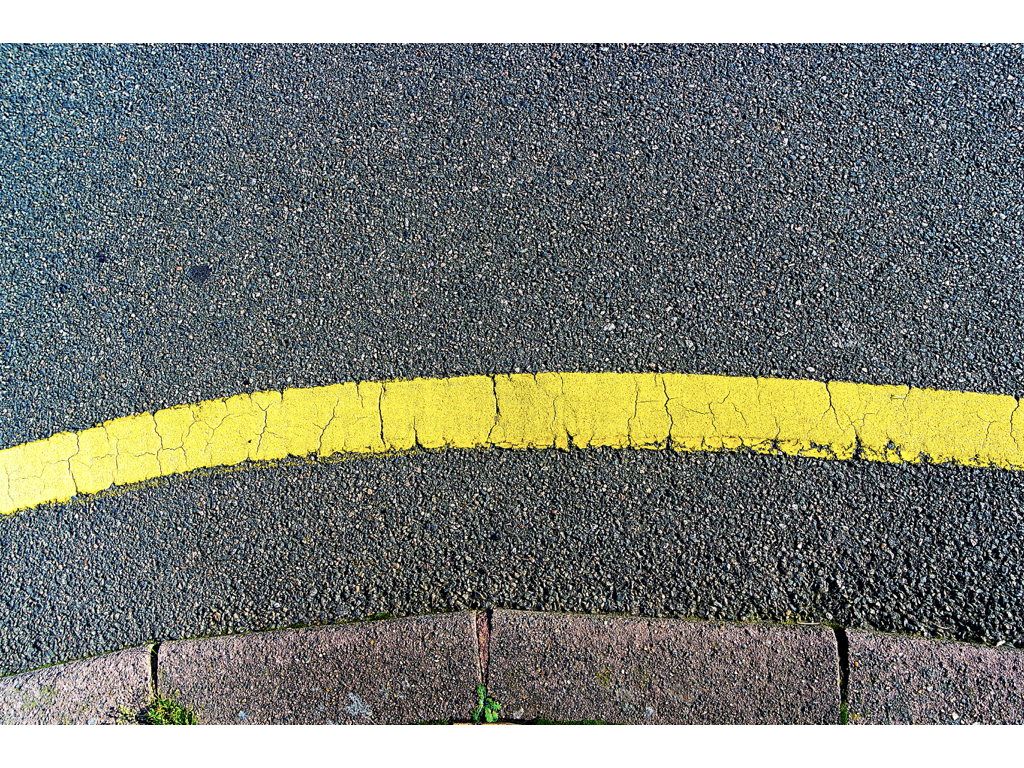
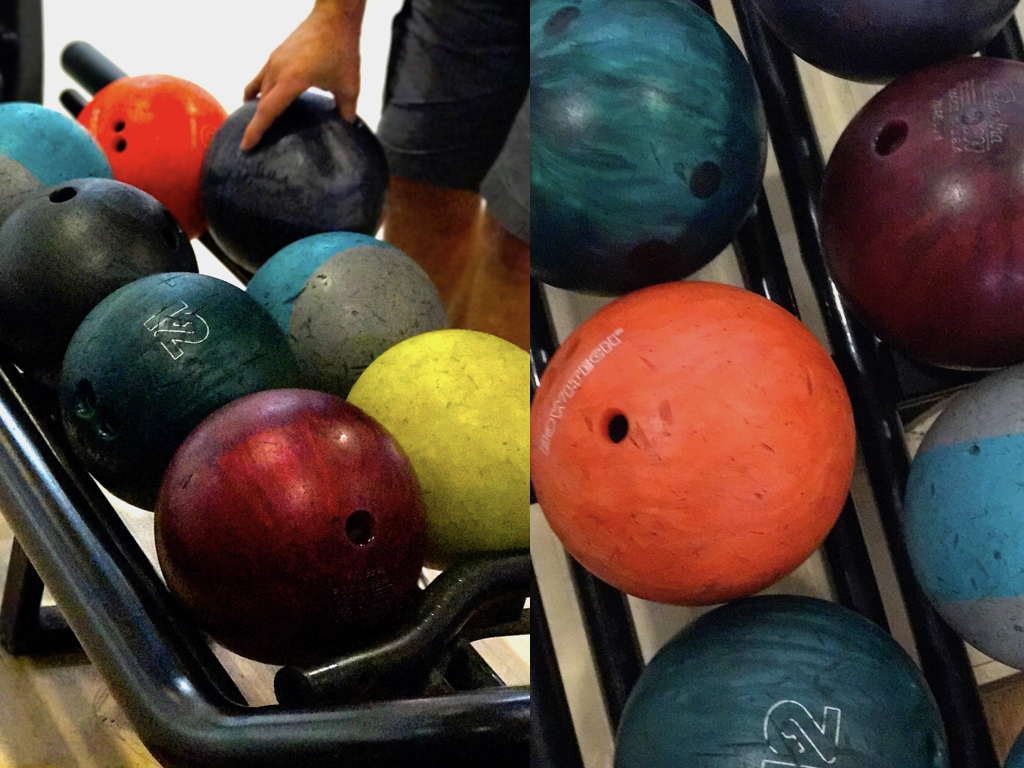
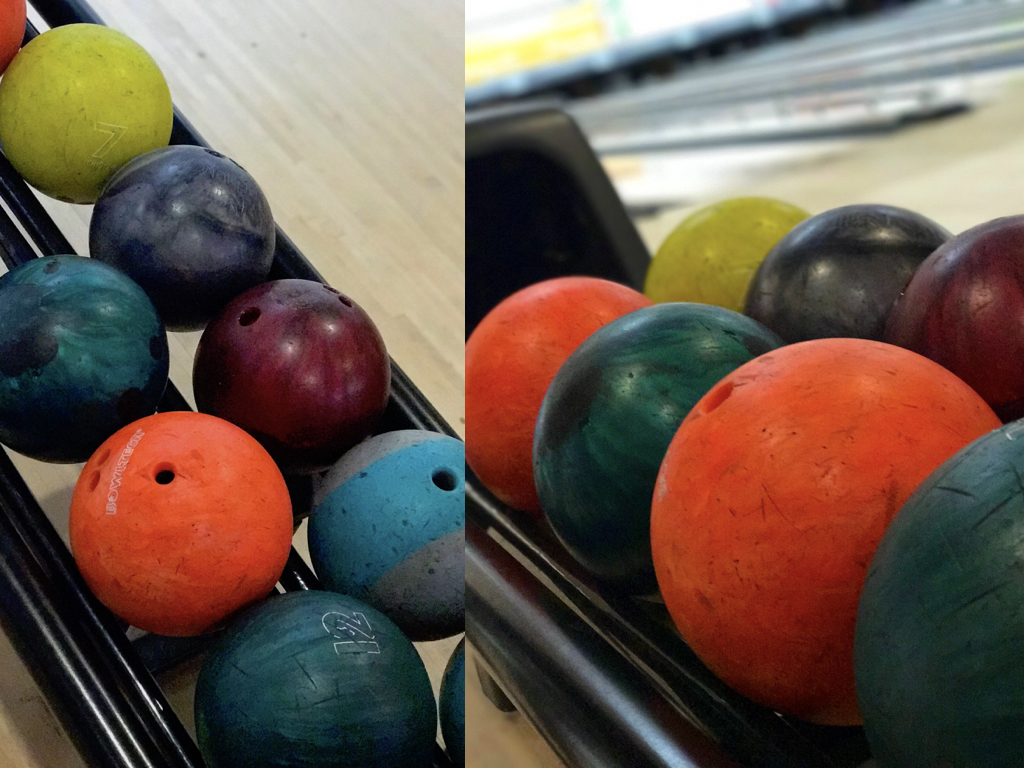
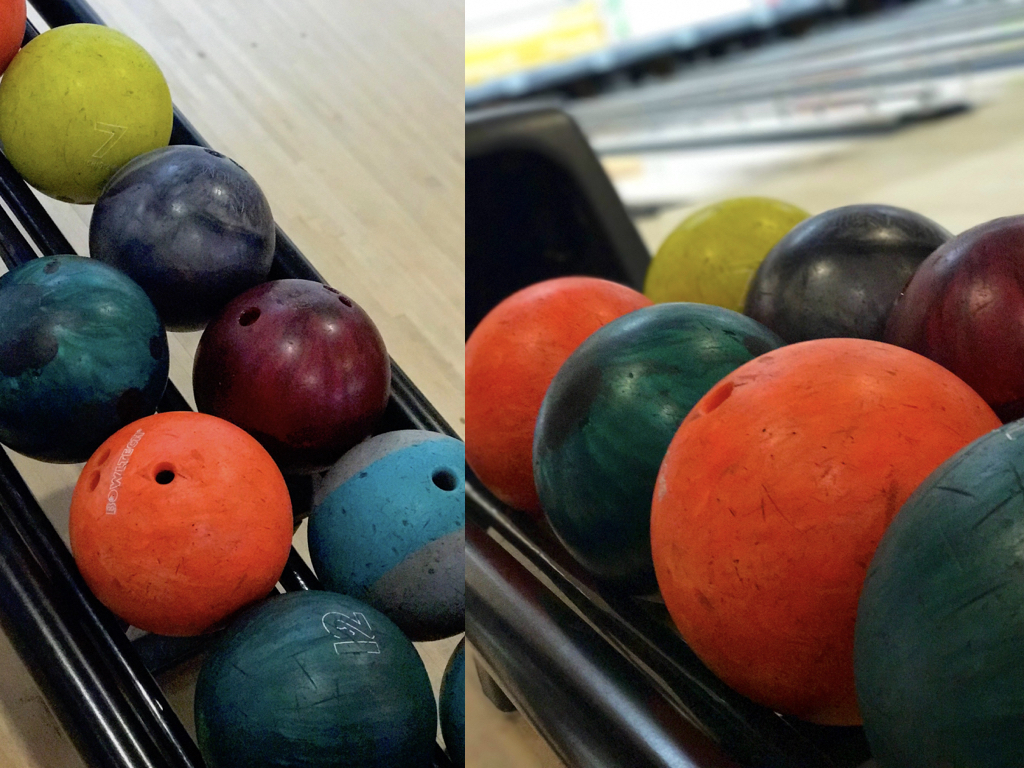
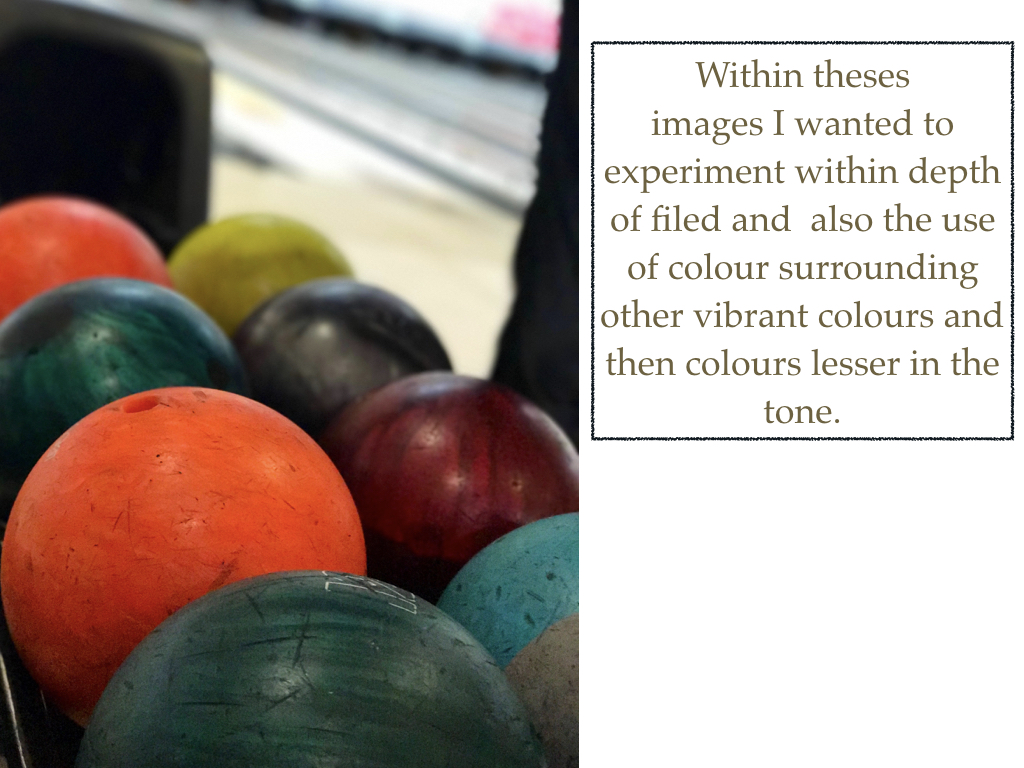
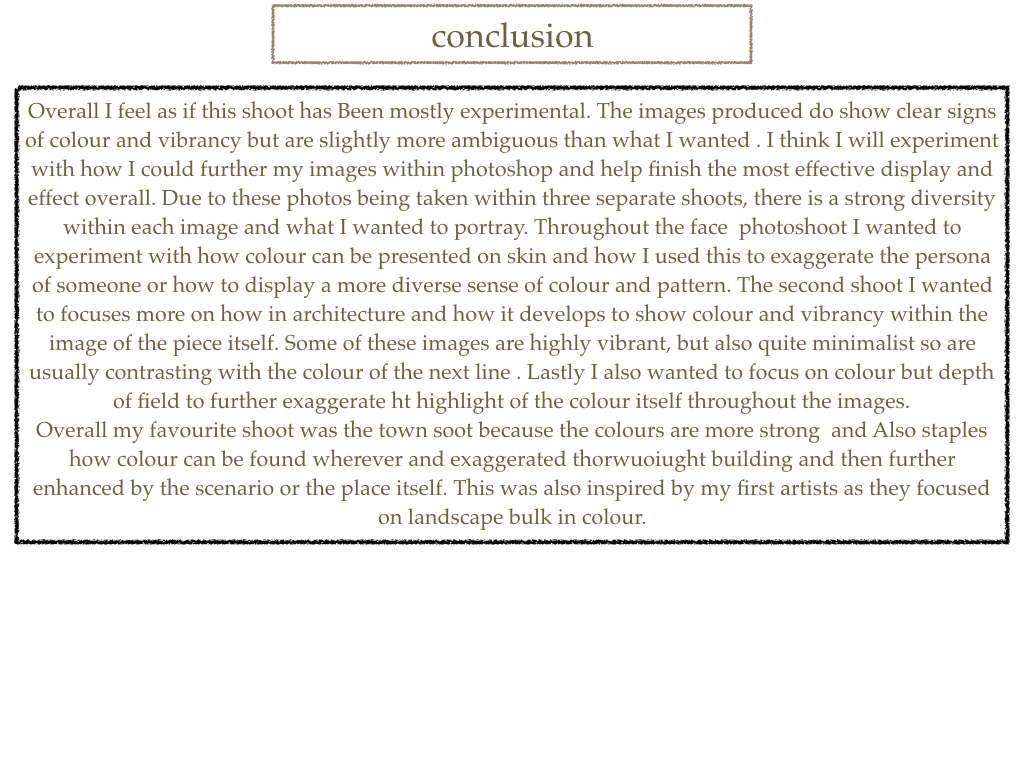
























Using Photoshop I changed the hue ans saturation of selected areas of the image to replicate the bright colours we see in Frank Hallam Day’s work. This Image that I took had similar textures to his series of photos on ship hulls, it also has interesting summitry and pattern which reflects his style.
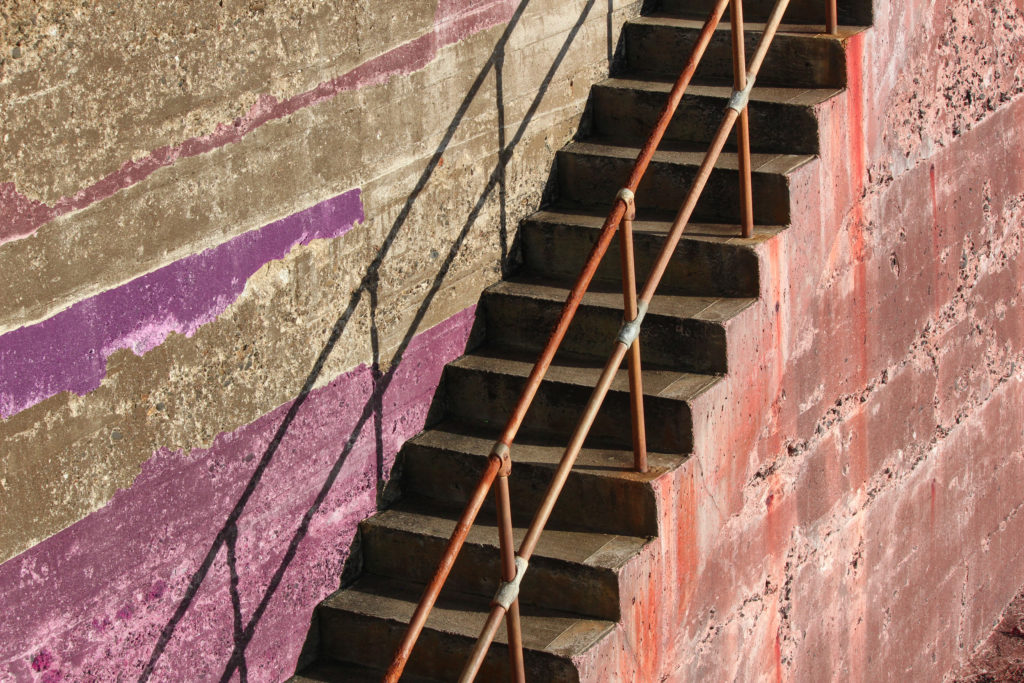
I chose to edit this photo of the sea wall because the horizontal lines reflected the style of Frank’s ship hull series. I changed the colour of the cement wall so it looked more vibrant, this helped the weathered detail in the picture stand out.
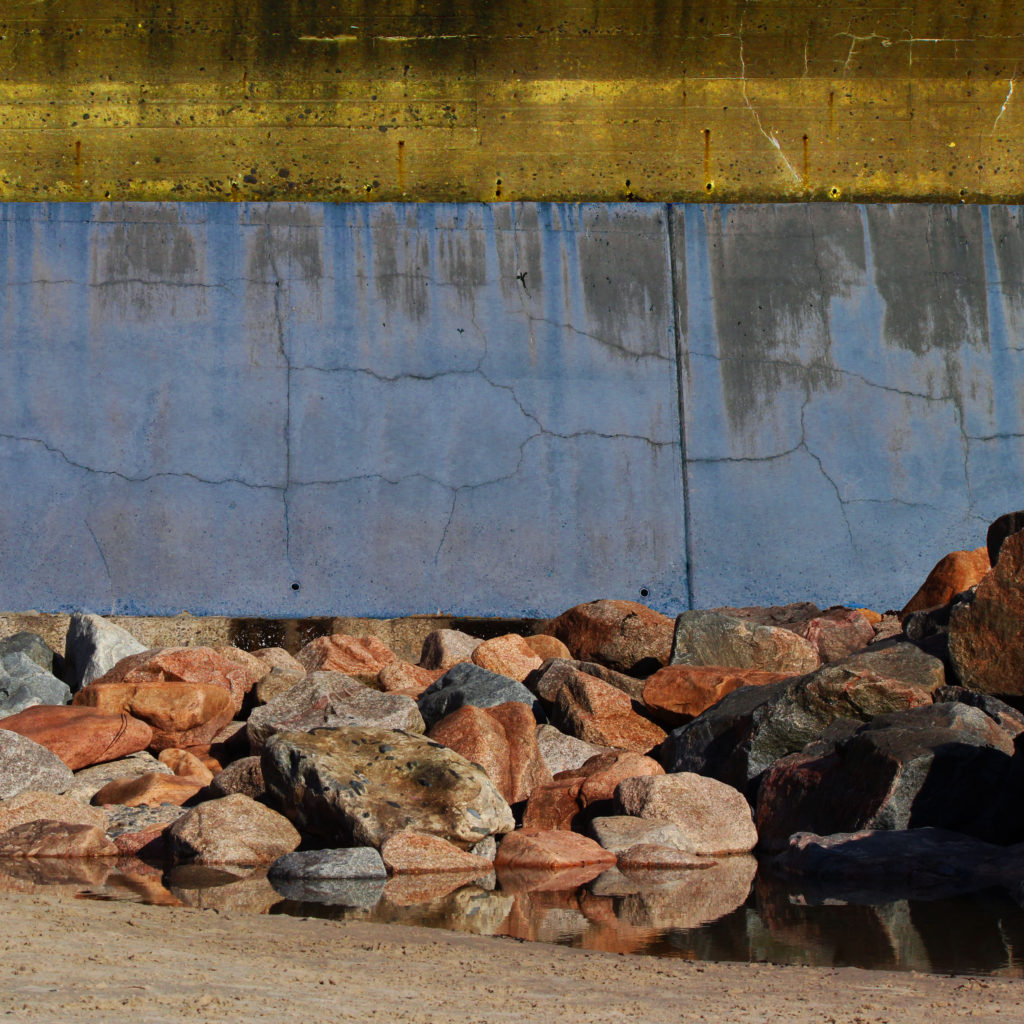
On the same shoot I also took some photos in the style of Aaron Siskind, originally I didn’t like this photo due to the lack of colour and depth, however after changing it to black and white and adjusting the contrast and brightness the photo shows the style of the photographer.
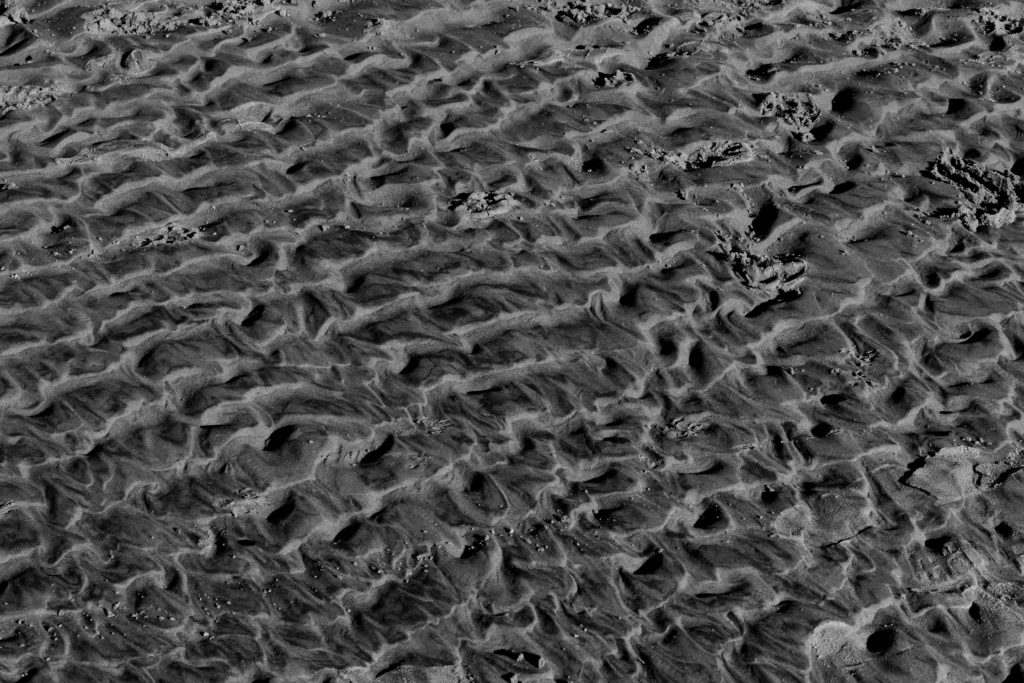
I also edited this photo of the textures in a piece of wood on the beach, the light and dark tones in this photograph reflect those in Aaron’s work. I used a long lens and a low aperture to take this photo which helped to blur the background, making the patterns of the wood look sharp and detailed.
This was my image originally,I chose this image because it has a lines of symmetry throughout the middle and due to the colour being vibrant. I also thought that all the lines of detail would compliment the composition of the piece when experimenting with the layout .
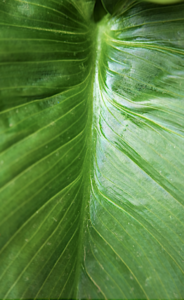
For my first edited I simply repeated these images in lines exactly the same as before,with the the lines throughout it is more obvious and appealing to see and it also portrays the highlights throughout very well.
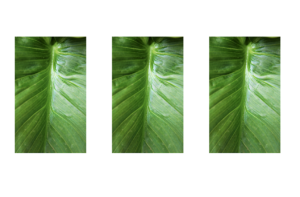
next I flipped these images to all be different,this creates a more abstract feel and a less fuller sense as to what the leaf really is and also shows the tones in different interesting experimental methods.
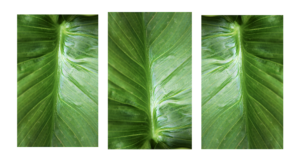
I then proceeded to put my images into a squared again continued these are different angles within th images and again have flipped images within the squares.
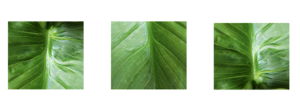
The next image is interesting because I wanted to shows a somewhat continuation of the lines through the second image which is also at a different angle so creates a center point and allows the image to become more dynamic and interesting. 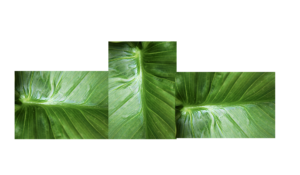
For This image I was again inspired by my previous experiment of the layout of the piece itself is making it so every center point is facing out of the middle. I still have point from the two opposite leaves.

within this last image I want to form a mirror limes and. a sense os symmetry to the pieces also added a boarder so aswell as forming the piece it also breaks the form into specific piece of the text.This piece is also divided into darks and lights within the division.

For these next images I wanted to focus more on the actual development of colour, this was in order to again experiment with form and how I can develop the different angles of the paper too.
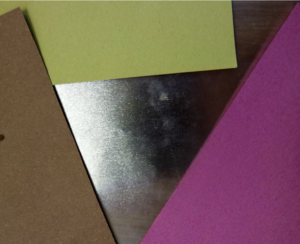
These images are both slightly different angles of the colour itself. but I want to further this image to more of circular and line patterns .
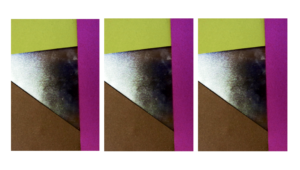
Here I wanted to show a repeated pattern of the lines within the image but still showing the fragments of colour at the same time. I also exaggerated the colour in order to further exaggerate the vibrancy if the piece.
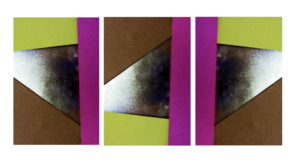
Within the two outside images are facing out in order to show a clear cohesion within the piece and symmetry too.But the middle image is the direct line as it is different to all the other images.

Here I also furthered the image into a squares and again flipped the image itself around too.
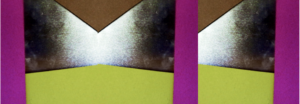
And lastly within this range you can see my lines of symmetry but a continuation of the line too.
Colour, hue and saturation can change the appearance of a photograph greatly. The hue of an image is the colour or shade of it. The saturation controls how colourful or non-colourful an image is. These can be controlled in photoshop:

I took my original image and put it into a photoshop document. I then edited it by going to Layer then Hue/Saturation. This brought up a selection of sliders as seen in the top right of the bottom image. These sliders control lightness, hue and saturation. I made the hue a bright, abnormal colour to express how much it affects an image. I also put up the saturation to add extra colour to the image.
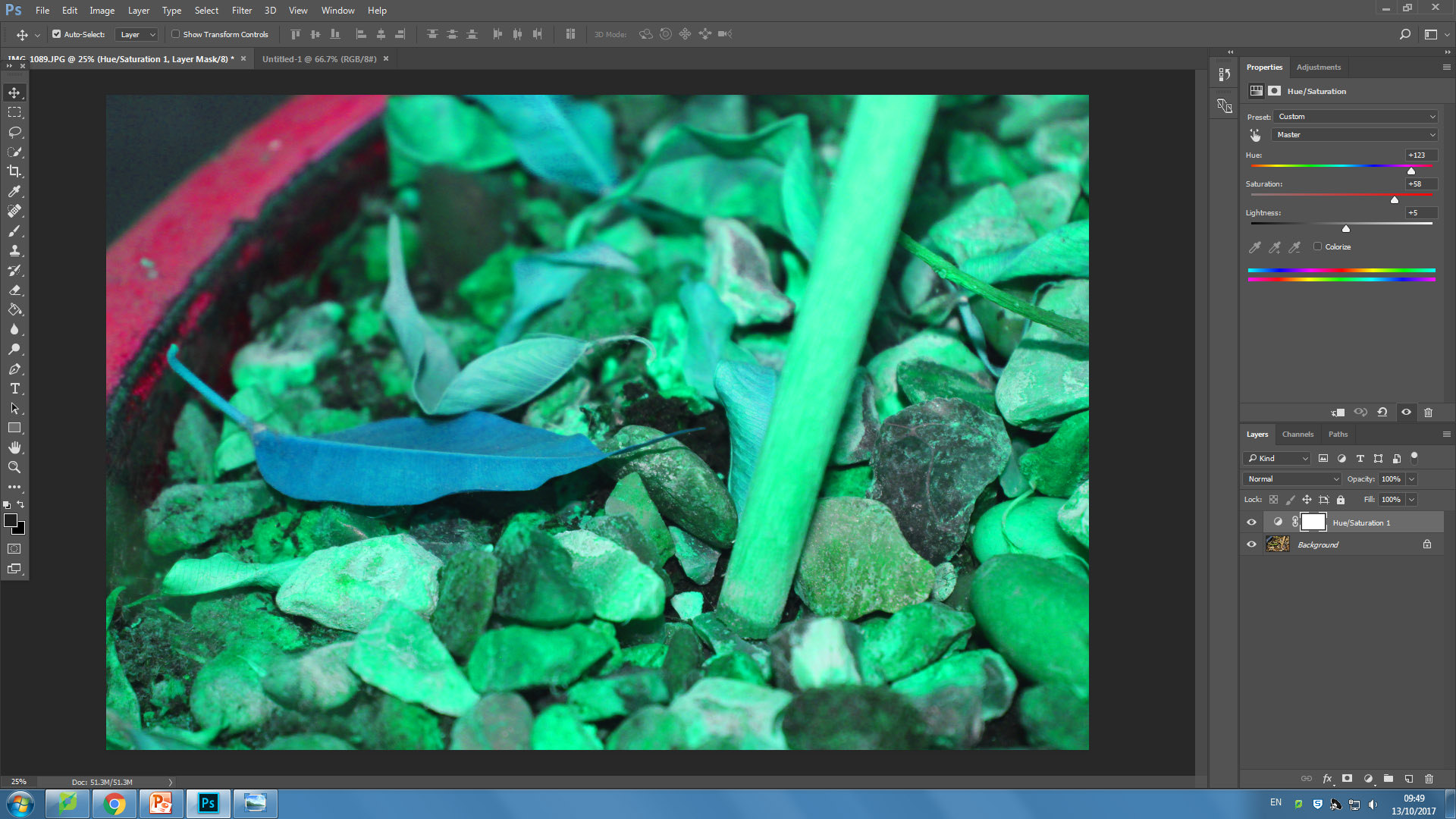
This image of Gronez castle was taking at nighttime, when it was completely dark. The aim was to capture the beauty of nighttime when inflicted with clear skies allowing visibility to see the millions of stars which surround us. Also to capture the colours which are seen through the skies at night time which often can be quite extraordinary. This photo below was taken with a 30 second long shutter speed and an ISO of 6400. I used these settings to allow as much light sensitivity possible into the lens.
This is the original photo
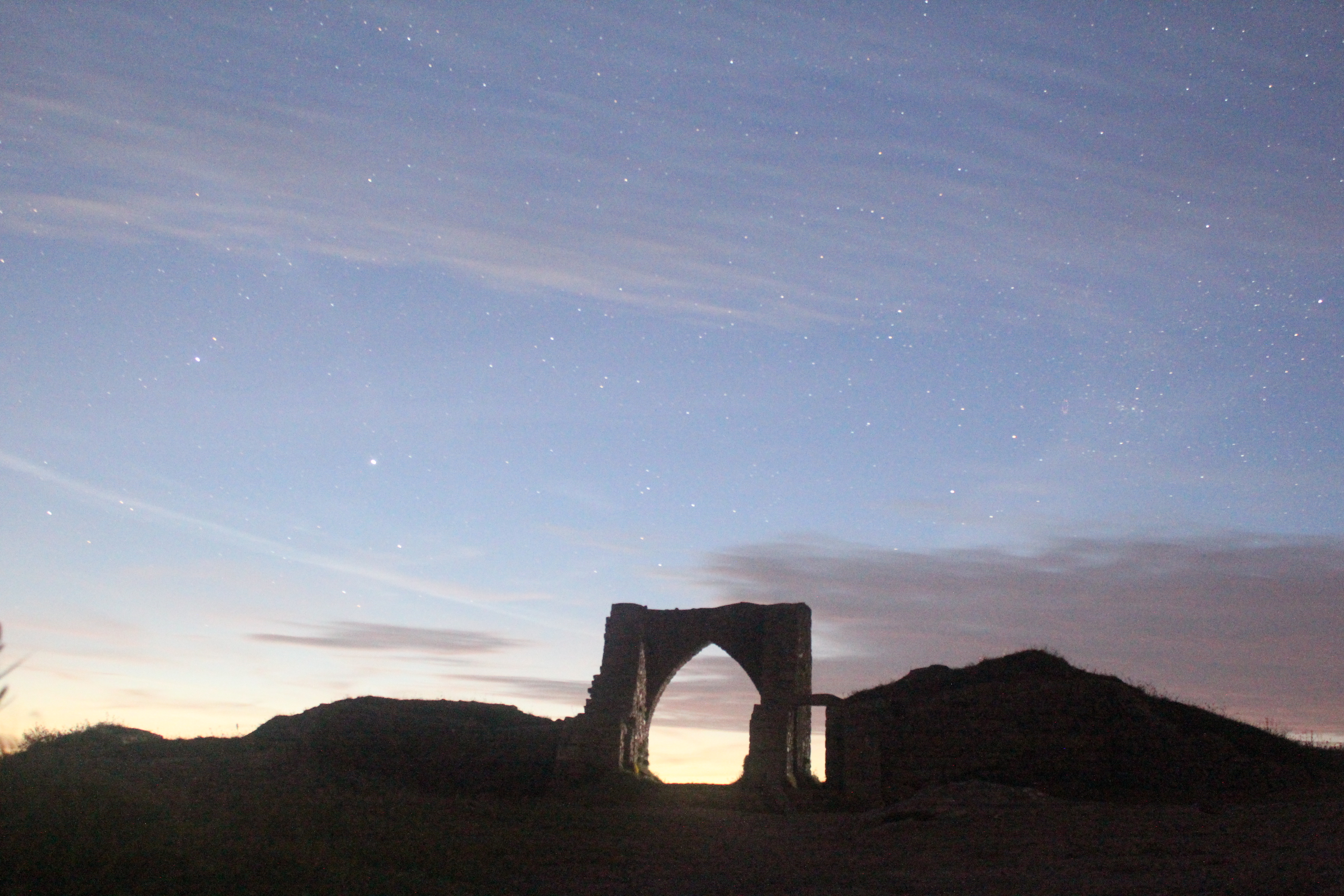
On Affinity photo, by adjusting the white balance and giving the photo a tint of different colours I was able to bring the night sky to life with vibrant and interesting colours. Much of the night time photography I have come across appears to have these unrealistic colours added which I believe is extremely interesting and is very beneficial in creating a photo in which people will take their time to look at. By adding the colour i was able to turn an ordinary picture not something which is eye catching and engages the audience more.
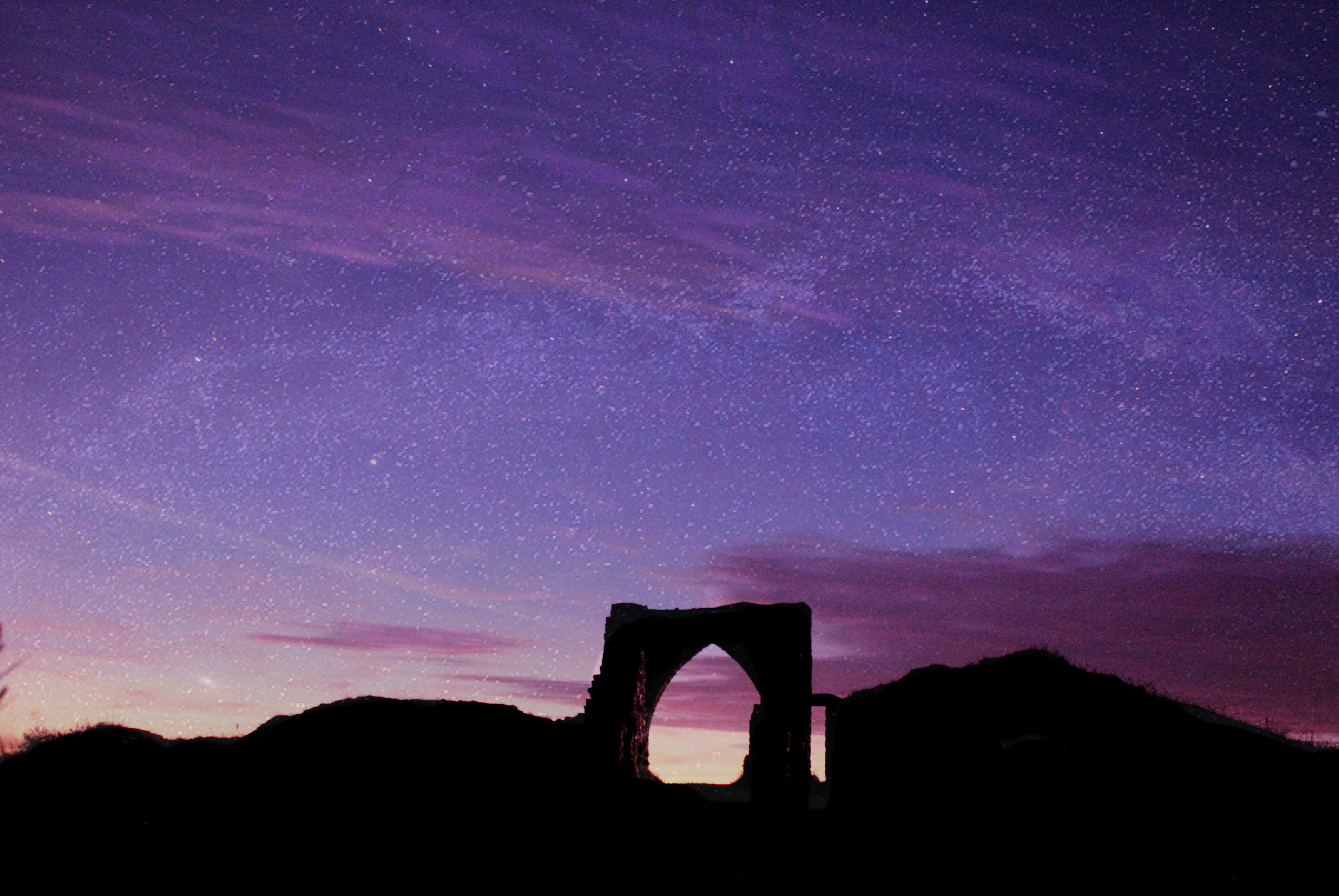
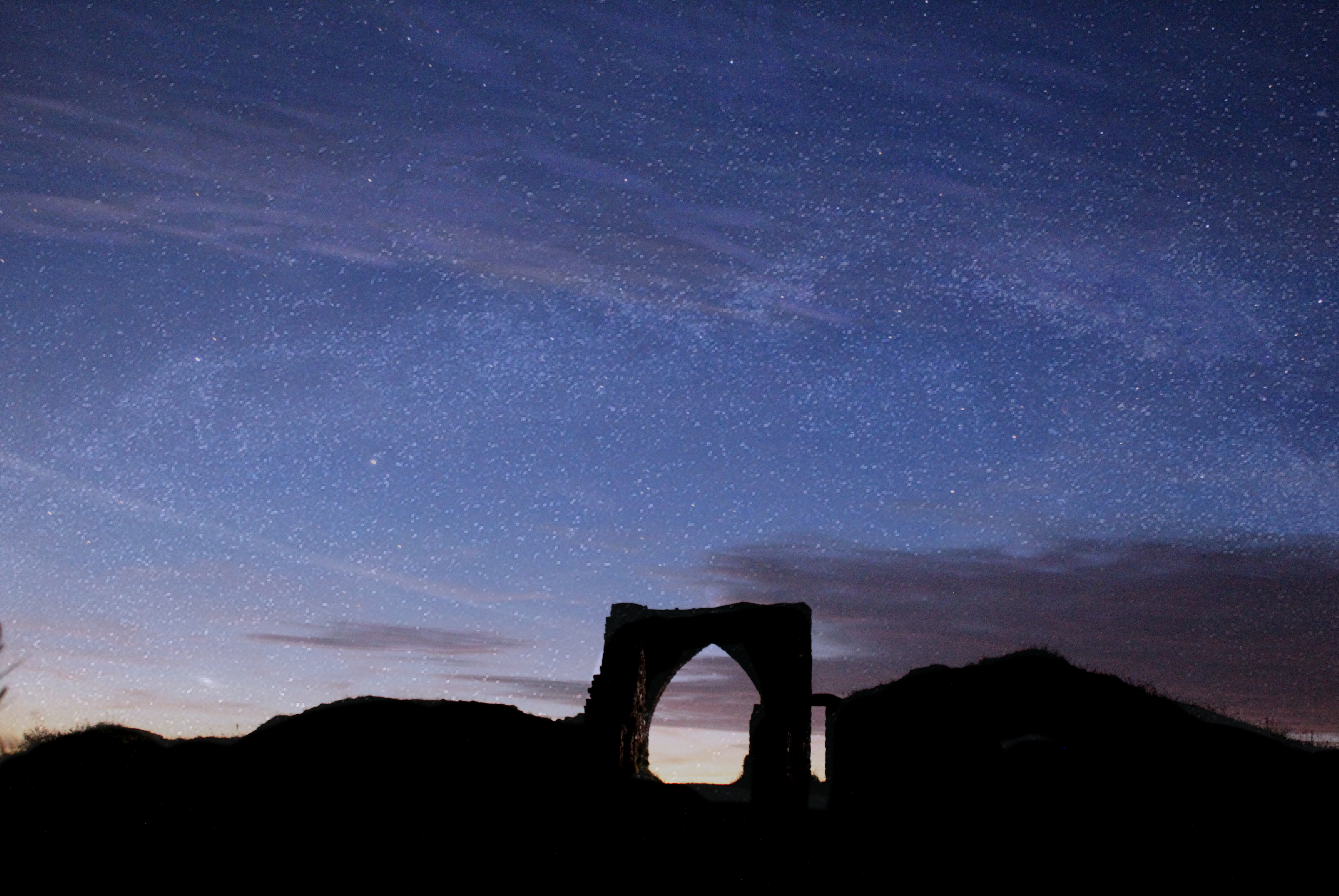
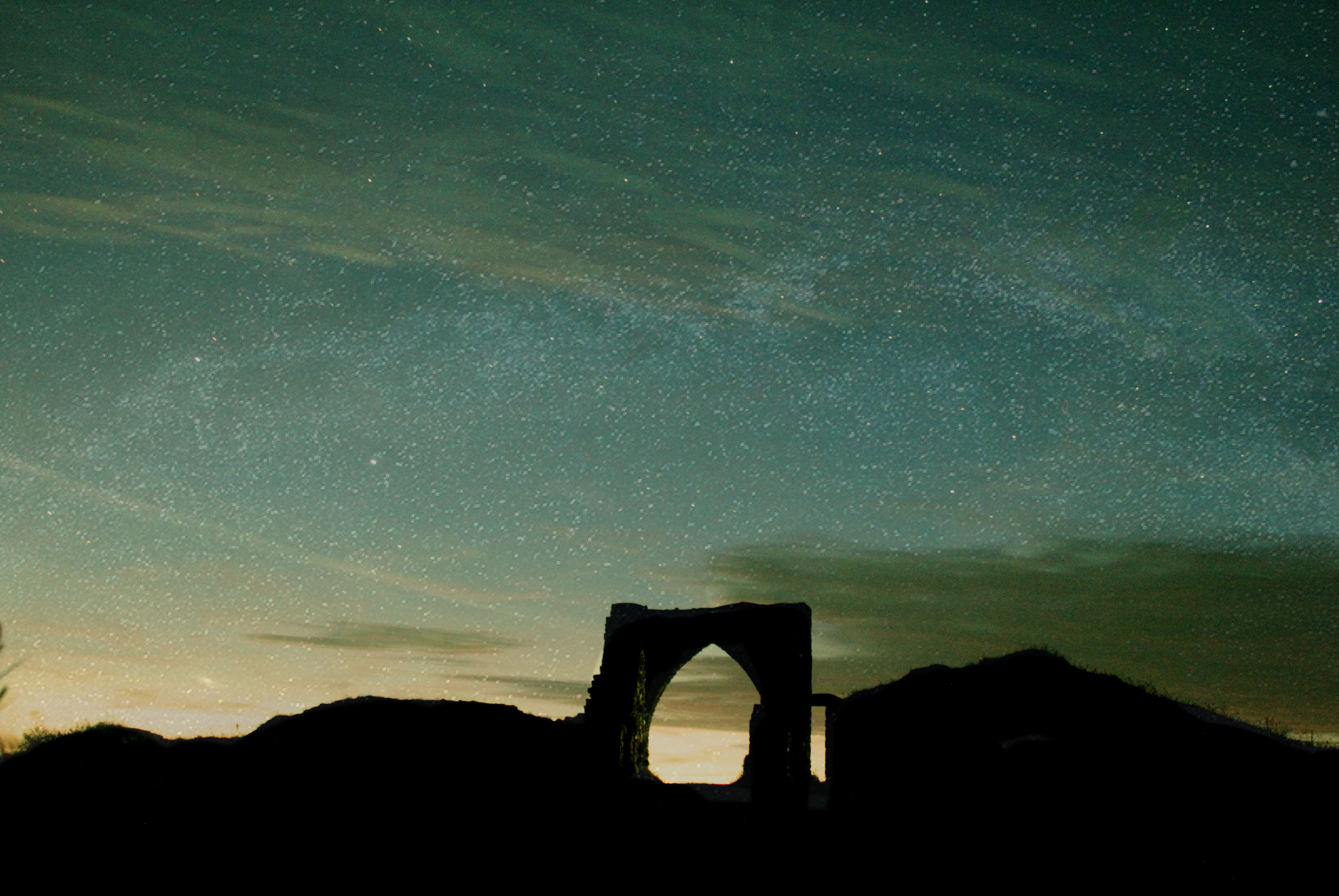


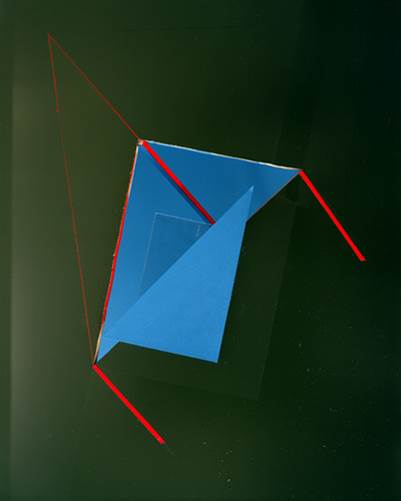
Tamara Lorenz uses geometrical shapes with solid colours to photograph. She cuts and folds the paper to achieve the shape that she wants. This photograph mainly consists of triangular shapes to give the impression of a 3D shape when in reality its only pieces of card. The folds within the photograph creates darker tones and shadows. The green background starts lighter in the top left corner and ends much darker in the bottem right, showing that the light is coming from the left. The thin lines of red create more geometrical shapes in the photo and outlines the other shapes. contrasting with the colours. At first glance, it is unclear whether the photograph itself is the artwork, or just a photograph of an exhibition, this directs attention to the tradition of photographic reproduction of artworks and its impact on the development of art and the art history since the nineteenth century.
Julian Schulze is a Berlin based photographer which has an abstract and minimalist approach to photography. He is mainly focusing on the Abstract & Surreal genre of photography and it appears that he loves bold colors as well as color combinations and compositions. “I like the simple things in everyday life”. One of the most important things seen in Schulze approach is to identify freedom.
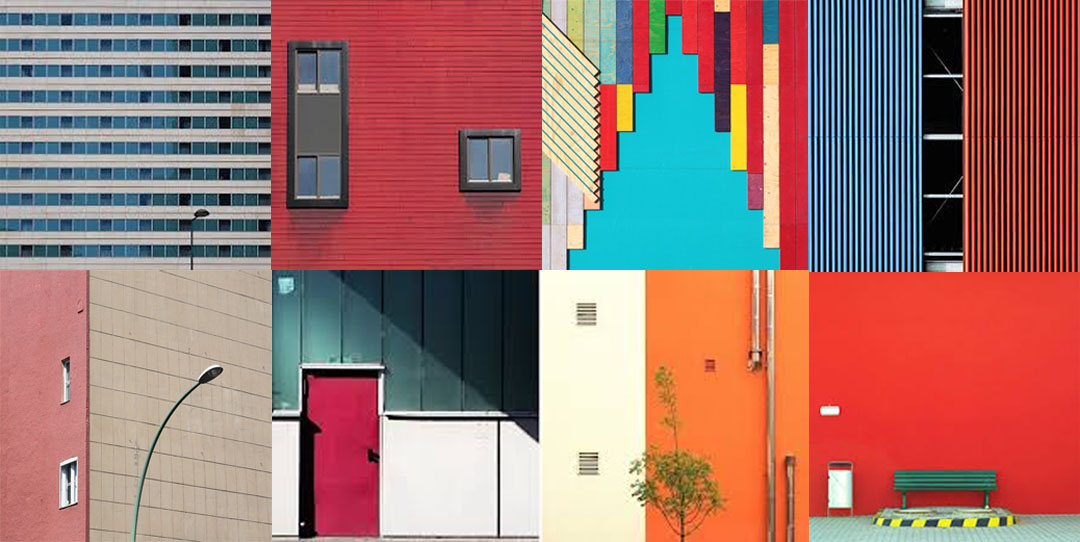
Analysis Of Photo
![]()
This image clearly shows a supposedly isolated man in what looks like an urban area between some interesting and abstract architecture. This image is aesthetically pleasing to view as it has a clear use of the rule of thirds. The image is split into three sections, the patio making up the bottom sector, the first part of the wall creating the second and the different part of the wall creating the third. Located within the bottom right box there is a fence which is used as a natural line to focus and lead us to the main subject of the man. Also the end of the fence is positioned of one of the focus points within the rule of thirds which helps to further guide the viewer deeper down the picture. This image has used natural lighting and appears that the lighting and colors have not been changed too much in the editing process leading to a extremely ‘real’ picture. I believe this image gives a sense of isolation and intimidation. This is due to the man being all alone and surrounded by buildings which appear to look down upon him creating an almost threatening approach. All this image contains is man made structures, no sights of the natural elements in our earth. I believe this shot is an indication of the rapid urbanization around the world and this is leading to humans destroying nature, plants and vegetation. It appears that the man is walking into the light and moving away from the darker place behind him. This is a clear relation to the contrast between good and bad as lightness relates and good and darkness relates to bad/evil. Perhaps this is suggesting the man has changed around his life and is moving on for the better or he is just heading into a much happier place compared to where he was before. It could also be seen that he has a ‘bright future’ as this is literally portrayed in this photo. However, on the floor we can see how the lighting has created different shaded shadows on the floor along where the man is walking. In the picture, he is walking on the darkest part of the shadow which could imply, he is not currently on the path for success but is heading in the right direction.
Photo shoot for Julian Schulze

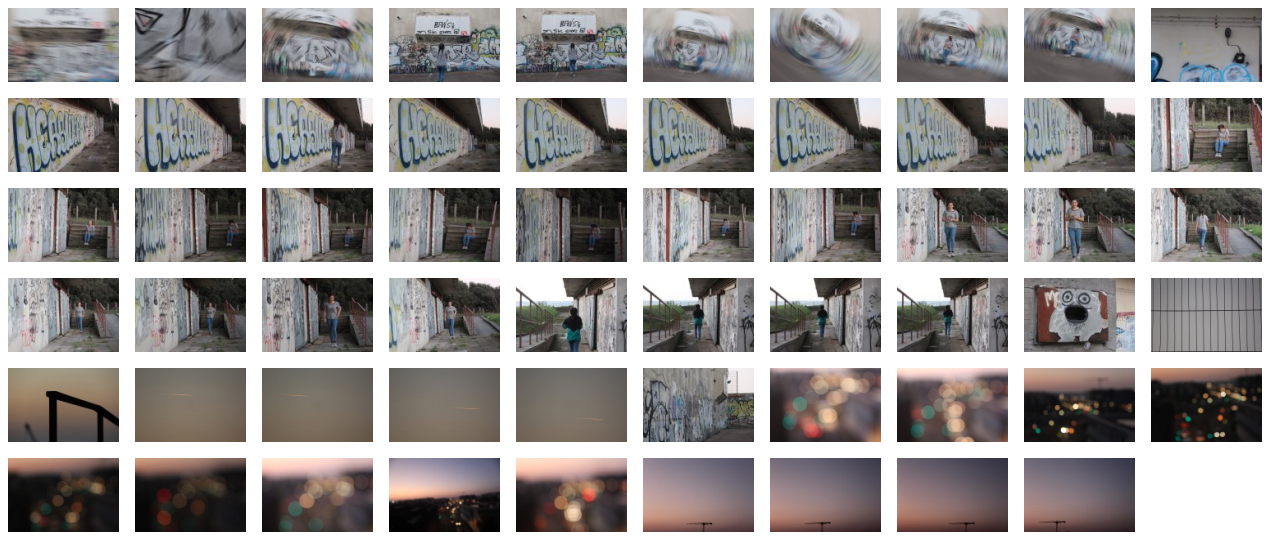
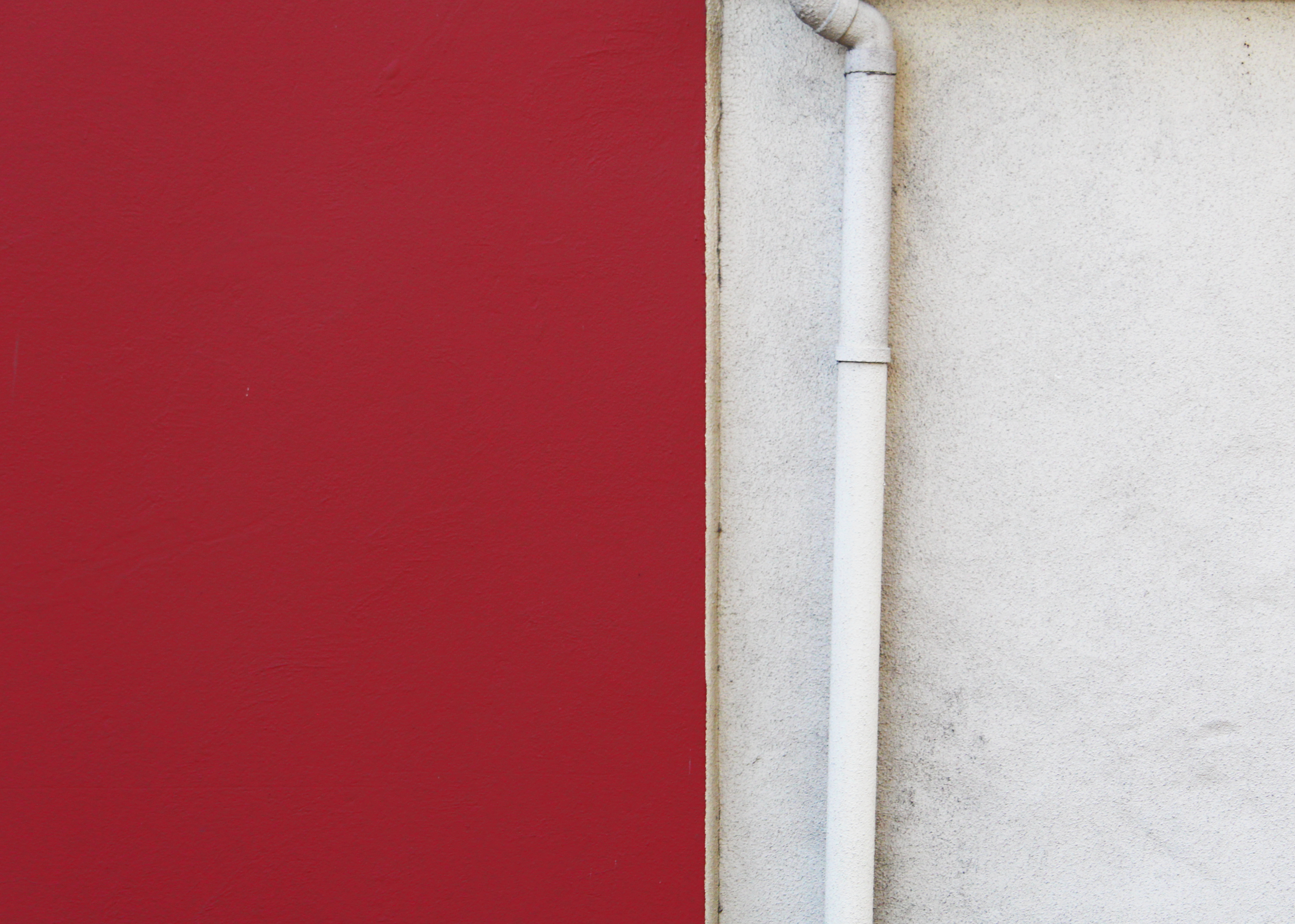



I believe these images strongly relate to Julian Schulz’s work in the sense that they capture a true response to minimalism with a strong demonstration of contrast. Also they have clearly got a sense of color which was the main focus of this shoot. I think what went well with these images is the composition I was able to achieve to allow a much more aesthetically pleasing image and the simply, yet interesting lines which separate color creating a natural, strong contrast. However I believe i could have improved the surrealism within the images to better portray the abstract theme and create an even more interesting photograph.
What is Bokeh? Bokeh, also known as “Boke” is one of the most popular subjects in photography ever. The reason why this technique is so popular, is because Bokeh makes photographs visually appealing, forcing us to focus our attention on a particular area of the image. The word comes from Japanese language, which literally translates as “blur” which is exactly what it is.Basically, bokeh is the quality of out-of-focus or “blurry” parts of the image rendered by a camera lens, – it is NOT the blur itself or the amount of blur in the foreground or the background of a subject. The blur that you are so used to seeing in photography, that separates a subject from the background, is the result of shallow “depth of field”, and is generally simply called “background blur”. The quality and feel of the background/foreground blur and reflected points of light, however, is what photographers call Bokeh.
To achieve this effect, you must select a large aperture about f/2.8, 1.8 and 1.4, then get up close to the subject, and focus on what you wish to be 'sharp' whilst making the subject far from the background you want blurred out. I really liked the way many photographers used the use of making lights into almost circular spheres, and decided to have a go at trying out the effect, by putting a clean glass over my lens to take the pictures it created the desired outcome, these were my results:
In this post I am looking at ways to present my final piece. Below are the three photographs that I am planning on presenting after deciding how I will present them. I am going to look at different ways of cropping and rotating them to find the most effective way of presenting them.
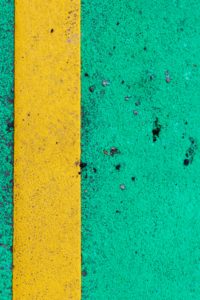
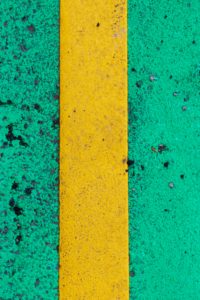

Here I have taken each photo and cropped them to a square to see how it may look.
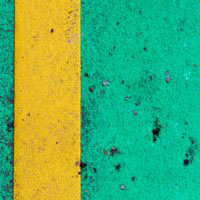
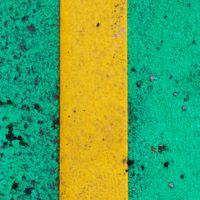
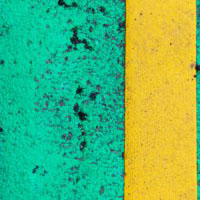
Here I have cropped the three images into circles to contrast the round edges of the circle with the sharp lines in the image.

Here I have cropped the first image into a square and looked at the four possible ways of rotating it.
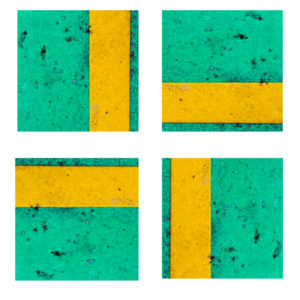
Below is the second image which i have cropped into a square and explored rotating it to see the effects.
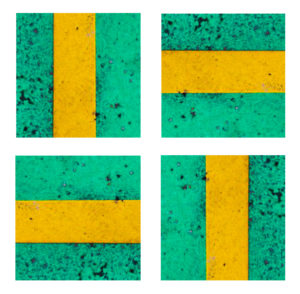
The set of images below show the third image cropped to a square and rotated, from these rotations I hope to gain an understanding of how I want to rotate it in my final piece.
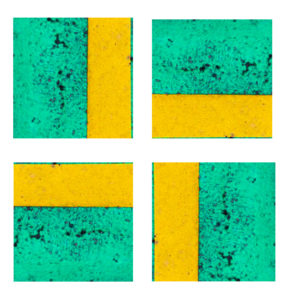
Here I have taken the first image and rotated it in four different ways to see which way works best.

The below images are the second image which I have rotated in four different ways to find the most effective composition.
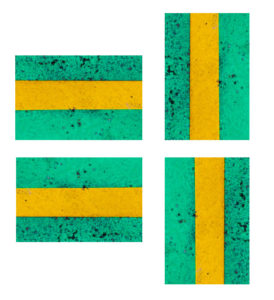
This is the third image rotated in different ways so I can decide which way will be most suitable for my final piece.
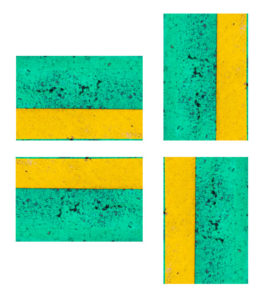
In these images I have cropped the image into a circle and rotated it in different ways to see the different effects.
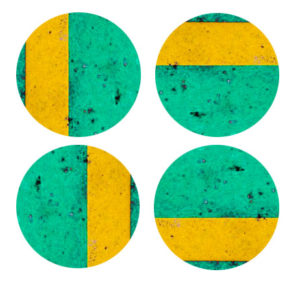
The below images show the second image rotated in different ways to help me decide which rotation I will use.
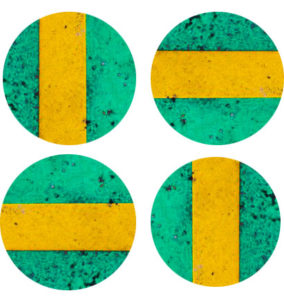
The below shows the third image cropped into a circle and rotated so that I can explore different styles of composition.

In this composition I took the three original images and lined them up horizontally so the lines were far apart to separate the images from each other. I don’t like how separated the lines are, they appear too far apart.

In this composition, I swapped image one and three to bring the lines closer together to create a sense of togetherness and to link the images. Due to this link and closeness between the images, I like this composition more.

In this composition I pieced the images together to make a continuous line and bring the photos together to be one. In my opinion, this is one of my more creative compositions as it makes one image out of three images.
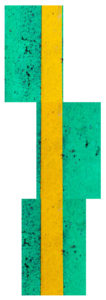
In this composition I rotated composition three to see the effects of the line going horizontally instead of vertically. I think that it looks better standing vertically as when standing vertically it looks less odd.
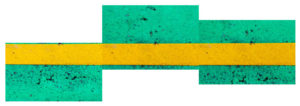
In this composition I rotated composition 2 to make the lines run horizontally to create a different effect. I like this composition because of the togetherness of the lines and the direction of them.
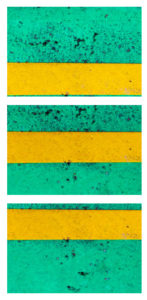
In this composition I rotated composition 1 to make the lines run horizontally to see what it would look like. As with composition 1, I do not like how far apart the lines are.
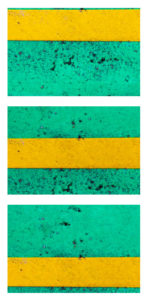
In this composition I have copied composition 1 but cropped the images to squares. I think it looks better in the original form than in square form
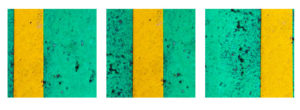
In this composition I have copied composition 2 but cropped the images to squares. In square form I cannot appreciate the togetherness of the lines as much as I believe the lines are cut too short.
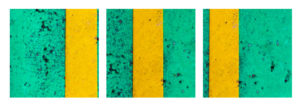
In this composition I have taken inspiration from composition 3, I like the style of it but in my opinion it looks better with the original images as the line appears longer.
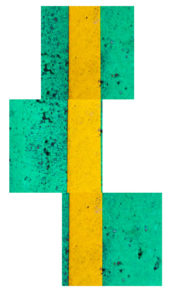
In this composition I have rotated composition 9 to make the line run horizontally. As I said about composition 4, I think the line looks better running vertically.
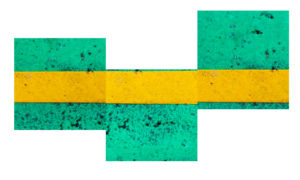
In this composition I have copied composition 5 but I have cropped it to a square. I still like the style but I think due to the square cropping, the lines do not appear longer enough.
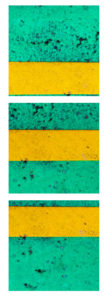
In this composition I have copied composition 6 but the images are cropped to squares. I do not think it works as the lines are too far apart and not long enough.

In this composition I have copied composition 1 but cropped the images into circles. I think this helps to reduce the problem with the lines appearing too far apart.

In this composition I have copied composition 2 but cropped the images into circles. I think this takes away from the image as the lines seem completely separated and due to the cropping in the first image, it is not obvious that it is a straight line.
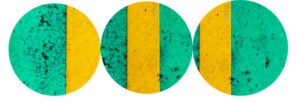
In this composition I have rotated composition 14 to make the lines run horizontally. I think this works better as the middle image is a clear focus point in this composition.

In this composition I have rotated composition 13 the make the lines run horizontally. I think that the images look too separated in this composition due to the cropping and positioning.

In this composition I have taken inspiration from composition 3 to bring all of the images together to create one image. I like the style of the composition but I think the outline of the shape is too abnormal.
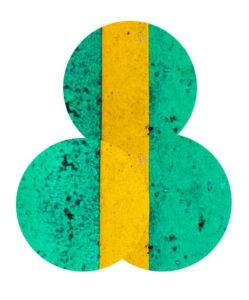
In this composition I have again taken inspiration from composition 3 but used circles instead of rectangles. In my opinion this type of composition works better with rectangles as it gives strong edges and shape whereas the circles don’t.
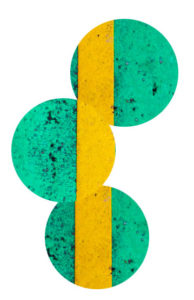
Minimalism is a style of photography/art that was introduced by many different 20th century artists. In minimalism, the photo is kept simple with the minimum amount of colours, shapes and lines to create a simple but effective photo.
Below is an image that I took in a minimalist style; as you can see there is not much happening but it is bold and eye-catching. When taking this photo, I took inspiration from the strong colours and shapes that Franco Fontana uses.
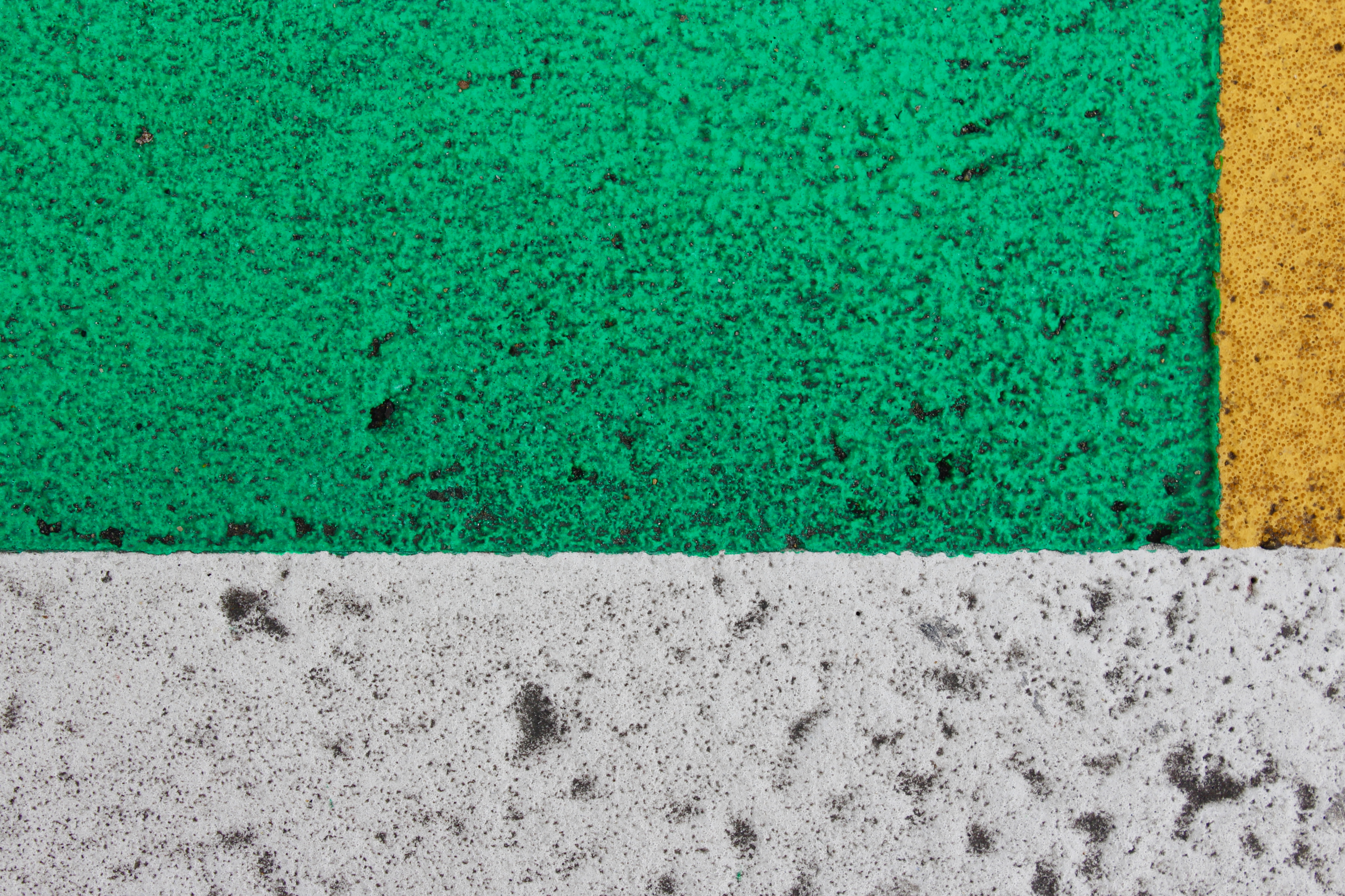
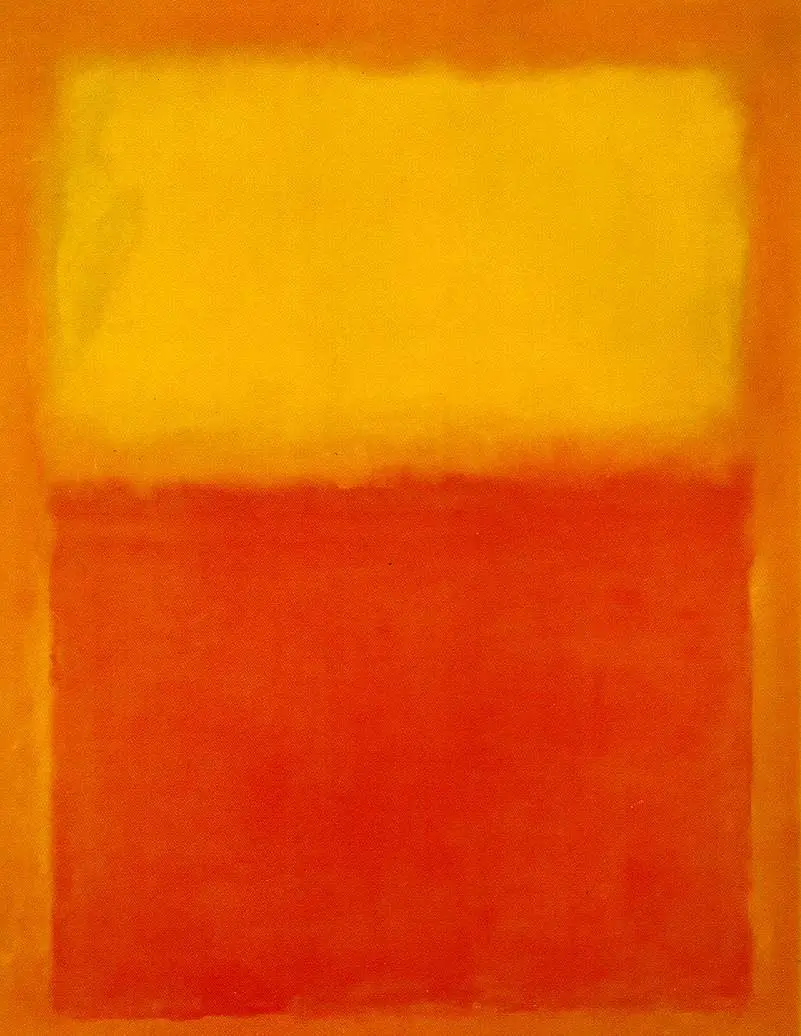

Mark Rothko was a Russian painter born in 1903. His family immigrated to the US in his childhood, here he became part of a circle of New York-based artists who were known as abstract expressionists. Rothko was most famous for his style of work shown above, they were large-scale rectangular paintings that used simplicity to evoke response.
Rothko is a brilliant example of a minimalist artist; his work shows simplicity and colour in the same way that mine does and I hope to reflect on his work in my final pieces.